
Rare Books, Manuscripts, Maps & Photographs | 659
Live Online | Edinburgh
PAST AUCTION
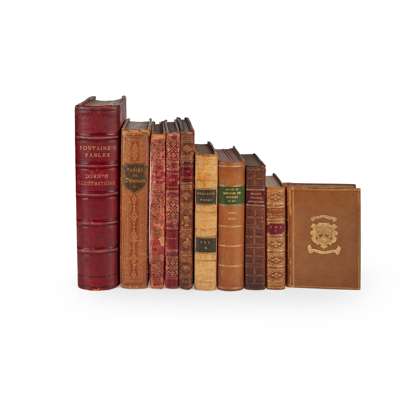
LOT 1
Art
10 volumes, comprising
SOLD FOR £300
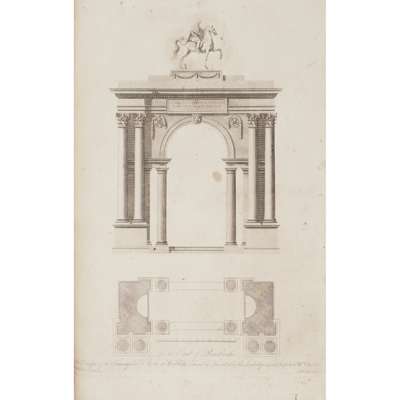
LOT 2
Chambers, William
A Treatise on the Decorative Part of Civil Architecture
SOLD FOR £375
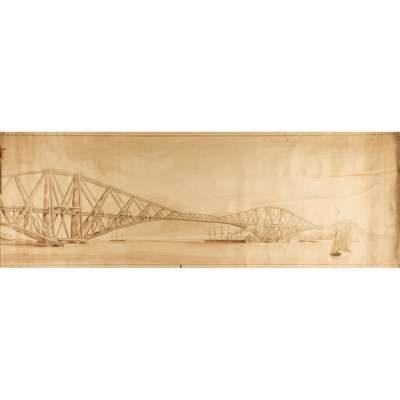
LOT 3
Forth Rail Bridge, circa 1890 SALEROOM NOTICE: THIS MEASURES 60 x 358cm
Scottish School illustration
SOLD FOR £750

LOT 4
Freedman, Barnett
15-Inch Gun Turret, HMS Repulse
SOLD FOR £575
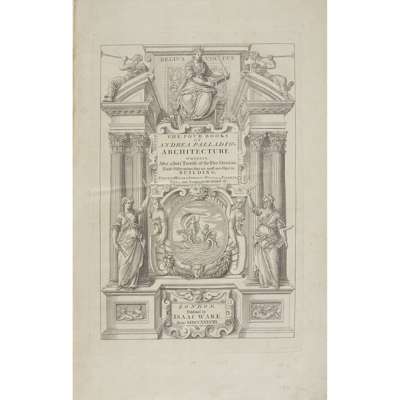
LOT 6
Palladio, Andrea
The Four Books of Andrea Palladio's Architecture
SOLD FOR £300

LOT 8
Man Ray (American 1890-1976)
Alphabet for Adults
SOLD FOR £1,063
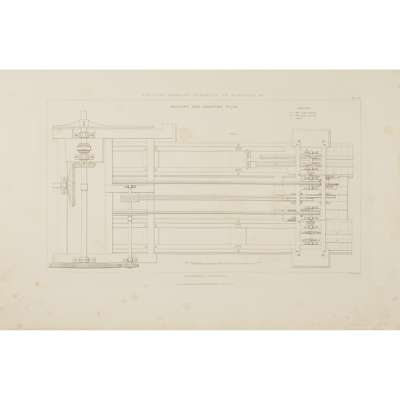
LOT 9
Rennie, Sir John
The Theory, Formation and Construction of British and Foreign Harbours
SOLD FOR £400
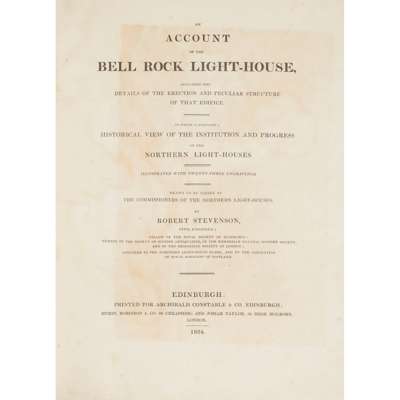
LOT 10
Stevenson, Robert
An Account of the Bell Rock Light-House
SOLD FOR £813
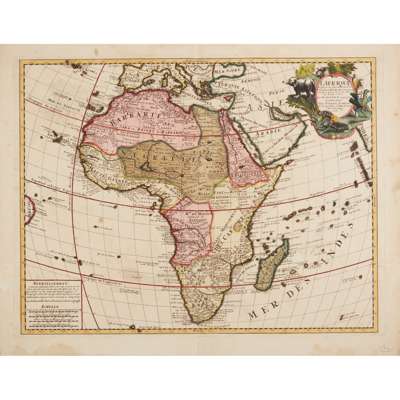
LOT 13
[Map of Africa] De Lisle, Guillaume
L'Afrique Dressée par les Observations de Mrs de l'Acadamie Royale des Sciences
SOLD FOR £500
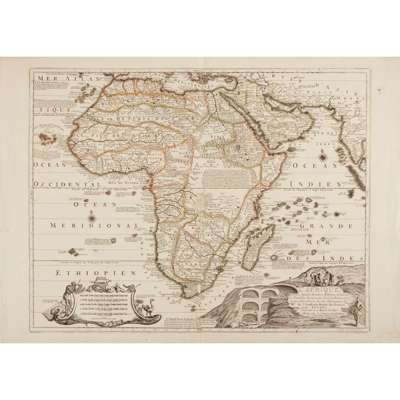
LOT 14
[Map of Africa] Fer, Nicolas de
L'Afrique Dressée selon les derniers Relations et Suivant les Nouvelles Decouvertes
SOLD FOR £375
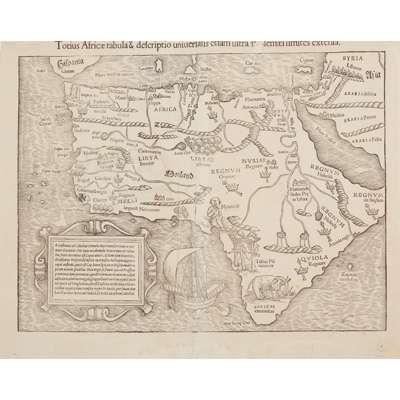
LOT 16
[Map of Africa] Münster, Sebastian
Totius Africae tabula & descriptio universalis
SOLD FOR £300
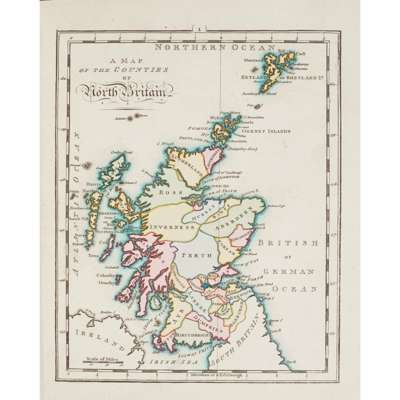
LOT 21
Armstrong, John
A Scotch Atlas: or, Description of the Kingdom of Scotland
SOLD FOR £750
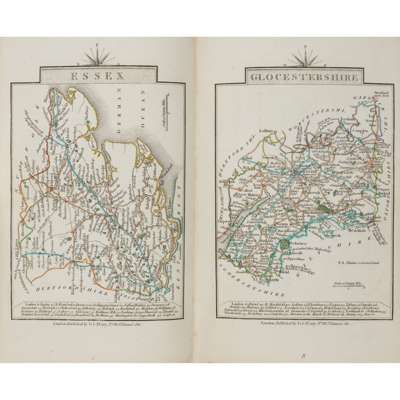
LOT 22
Atlases
A collection of 5 works
SOLD FOR £300
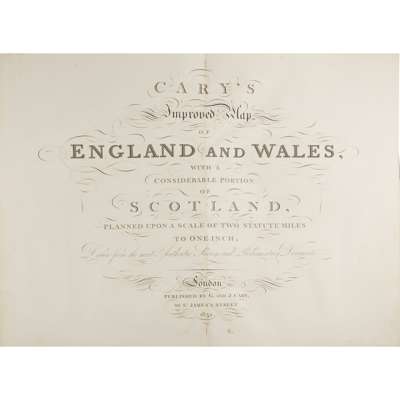
LOT 24
Cary, John
Improved Map of England and Wales
SOLD FOR £625

LOT 26
German Atlas
Berghaus, Dr. Heinrich
SOLD FOR £575
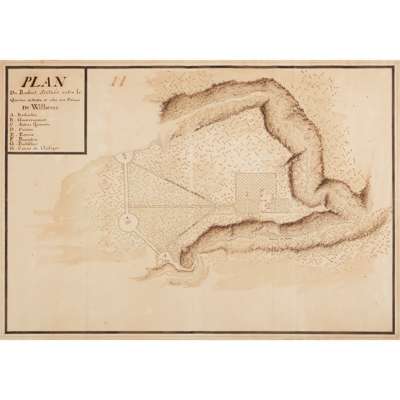
LOT 27
Mauritius, manuscript plan
Plan de Rediuit Scituée entre le Quartier de Moka et célui des Plaines de Wilheme
SOLD FOR £2,375
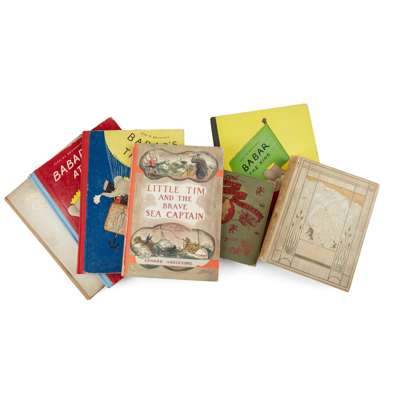
LOT 29
7 Children's Books
Including Ardizzone, de Brunhof and Frances Hodgson Burnett
SOLD FOR £625
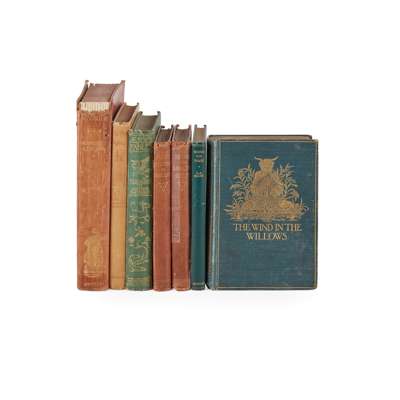
LOT 30
7 Children's Books
A collection, including Grahame, Kenneth
SOLD FOR £688
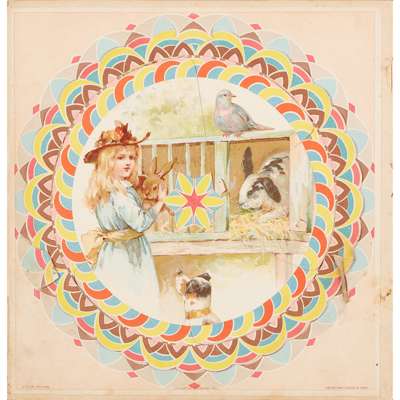
LOT 31
Burnside, H.M.
The Fairy Ring
SOLD FOR £325
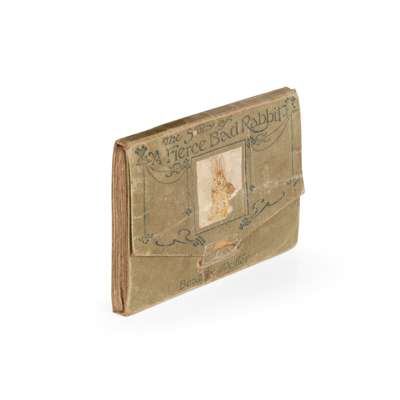
LOT 33
Potter, Beatrix
The Story of a Fierce Bad Rabbit
SOLD FOR £375
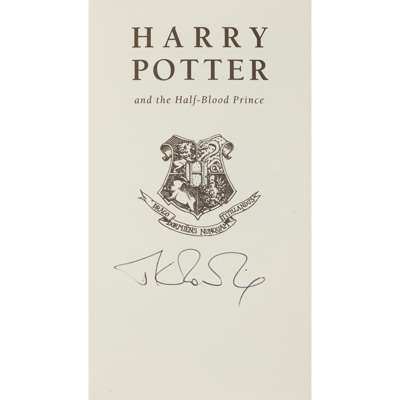
LOT 34
Rowling, J.K.
Harry Potter and the Half Blood Prince
SOLD FOR £1,188
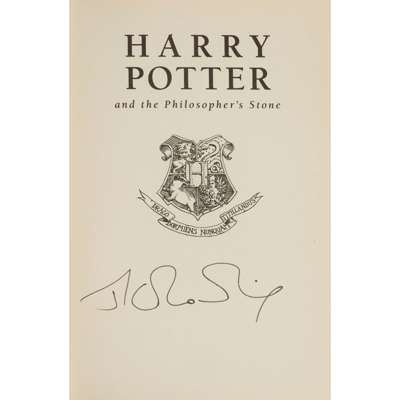
LOT 35
Rowling, J.K.
Harry Potter and the Philosopher's Stone
SOLD FOR £450
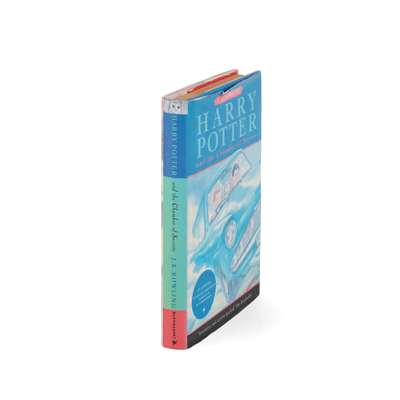
LOT 36
Rowling, J.K.
Harry Potter and the Chamber of Secrets
SOLD FOR £3,250
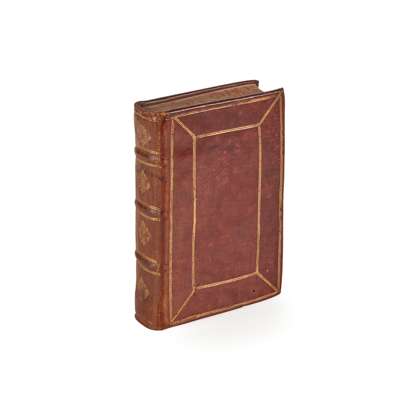
LOT 38
Aldus - Petrarca, Francesco
Il Petrarca
SOLD FOR £300
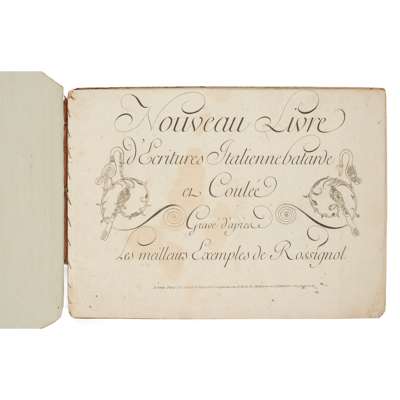
LOT 39
Calligraphy - Rossignol, Louis
Nouveau livre d'Ecritures Italienne batarde
SOLD FOR £300
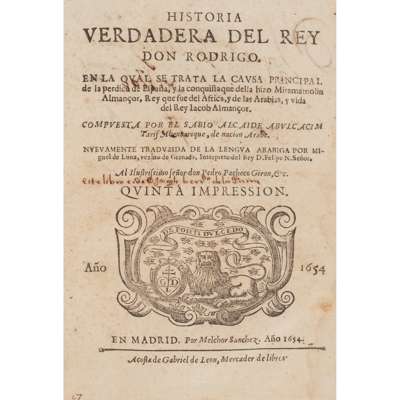
LOT 41
Luna, Miguel and Tarif Abentarique, Abulcacim
Historia verdadera del Rey Don Rodrigo
SOLD FOR £300
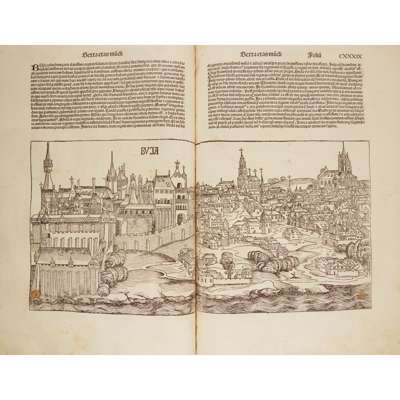
LOT 42
Schedel, Hartmann
[The Nuremberg Chronicle] Liber Chronicarum
SOLD FOR £30,000
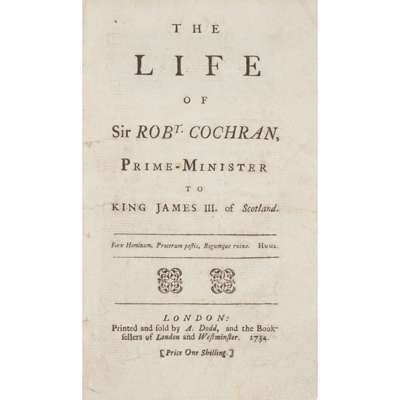
LOT 43
1730s pamphlets, some relating to Sir Robert Cochran
including
SOLD FOR £238
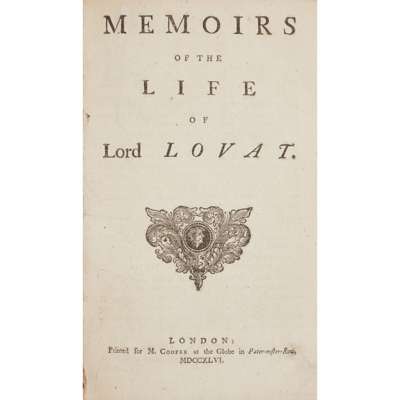
LOT 44
1745 Jacobite Rising
7 pamphlets, including
SOLD FOR £475
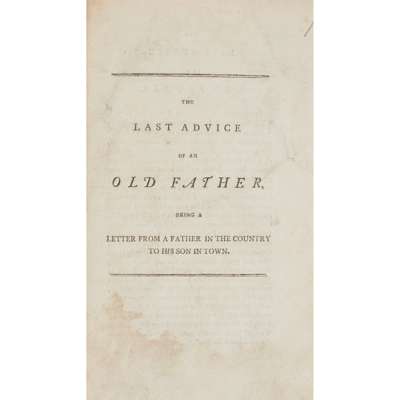
LOT 45
20 late 18th century Scottish pamphlets in one volume
comprising
SOLD FOR £250
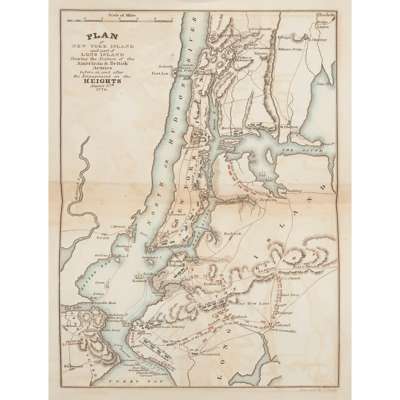
LOT 48
American Revolutionary War - Marshall, John
Atlas to Marshall's Life of Washington
SOLD FOR £300
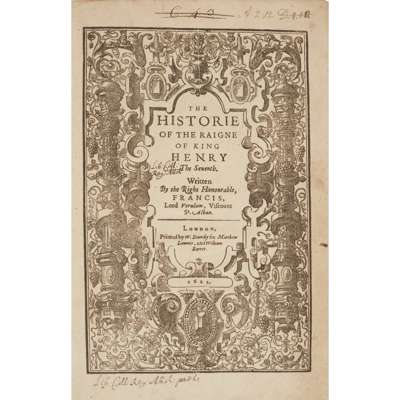
LOT 49
Bacon, Francis
The Historie of the Raigne of King Henry the Seventh
SOLD FOR £625
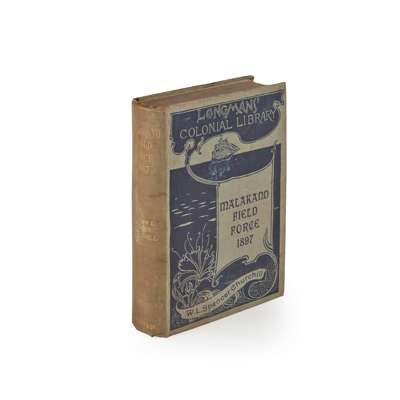
LOT 50
Churchill, Sir Winston Spencer
The Story of the Malakand Field Force
SOLD FOR £1,750
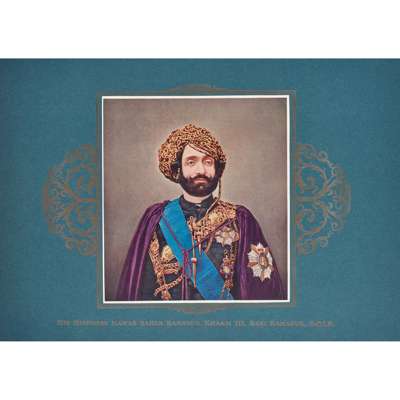
LOT 51
Colonial India
A collection of 8 books
SOLD FOR £938
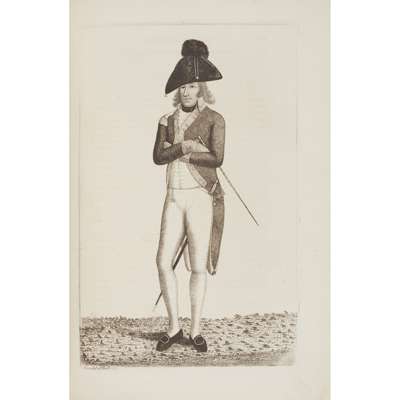
LOT 54
Kay, John
A Series of Original Portraits
SOLD FOR £375
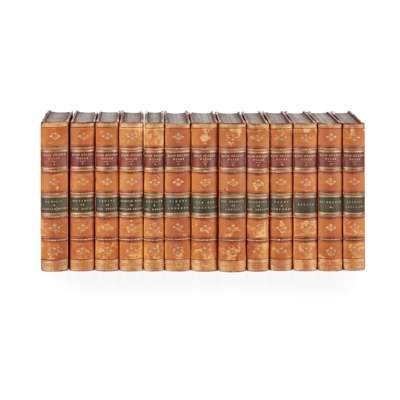
LOT 55
Miller, Hugh
[The Works]
SOLD FOR £750
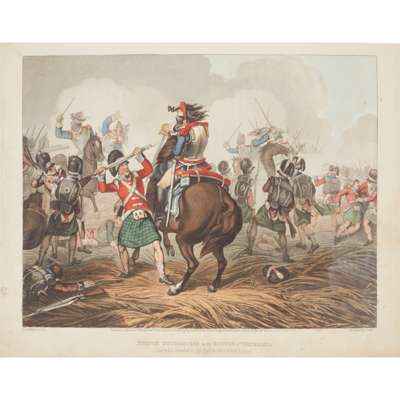
LOT 56
Orme, Edward
Historic, Military and Naval Anecdotes
SOLD FOR £325
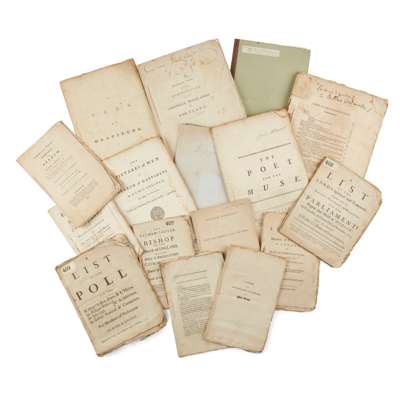
LOT 57
Pamphlets and short publications
A collection, political and literary
SOLD FOR £1,750
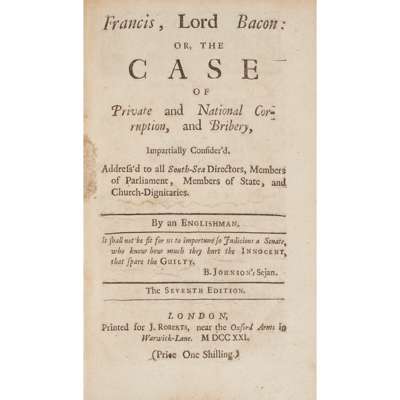
LOT 58
Politics in 1721-22: a collection of 7 pamphlets in one volume
comprising
SOLD FOR £350
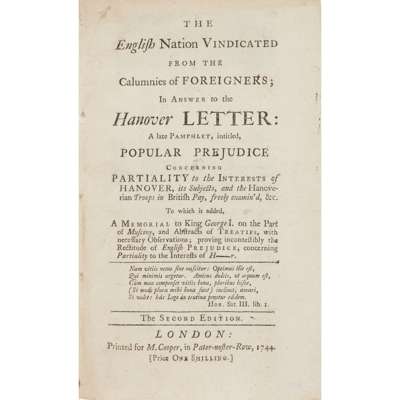
LOT 59
Politics, 11 mid 18th century pamphlets
in one volume, comprising
SOLD FOR £213
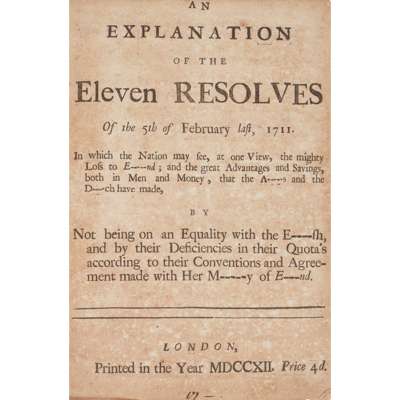
LOT 60
Politics, 1689-1712: a collection of 16 pamphlets in one volume
comprising
SOLD FOR £325
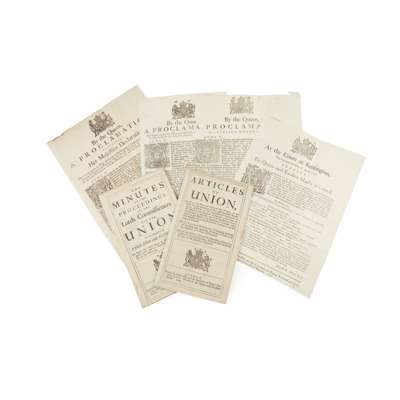
LOT 61
Proclamations regarding Act of Union & others, 4 Broadsides
and 2 printed works
SOLD FOR £1,250
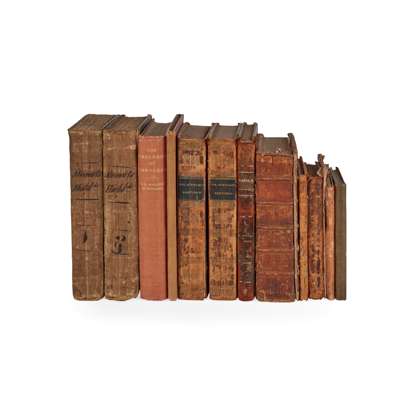
LOT 62
Scottish Books
13 works on Scottish History
SOLD FOR £300
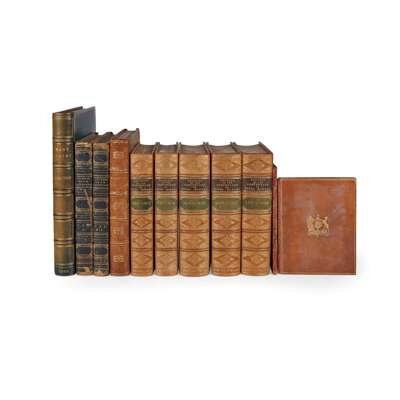
LOT 63
Scottish History
11 volumes, comprising
SOLD FOR £300
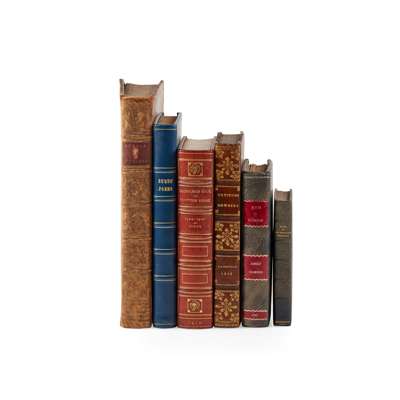
LOT 64
Scottish works,
6 volumes, finely bound, comprising
SOLD FOR £300
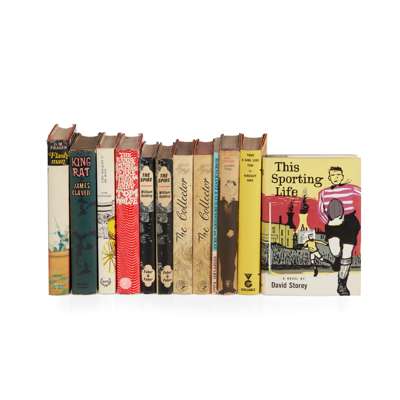
LOT 68
1960s Literature
A collection of 12 volumes
SOLD FOR £688
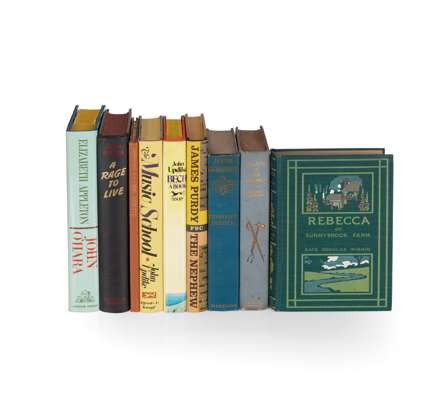
LOT 69
20th Century First Editions
A collection of 9 books
SOLD FOR £375
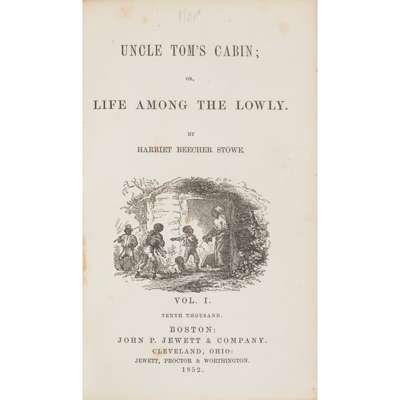
LOT 70
Beecher Stowe, Harriett
Uncle Tom's Cabin
SOLD FOR £300
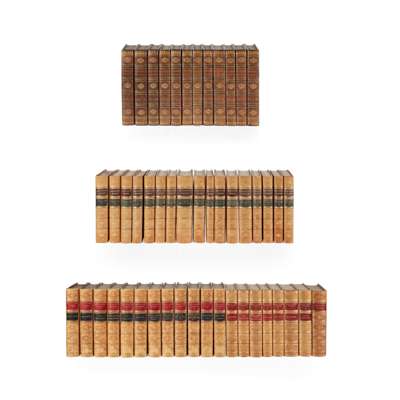
LOT 71
Bindings - George Eliot, Thomas Carlyle, and W.M. Thackeray
50 volumes, comprising
SOLD FOR £1,125

LOT 72
Buchan, John
11 works, including one signed by Buchan to the dedicatee, and several ALS
SOLD FOR £1,000
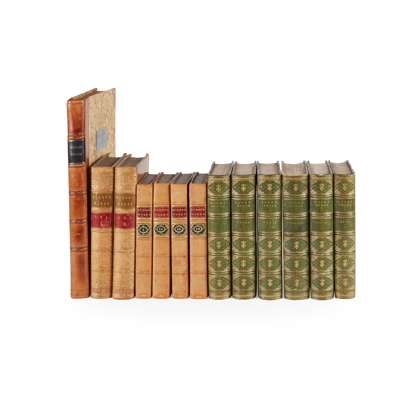
LOT 74
Burns, Robert
13 volumes, comprising
SOLD FOR £625
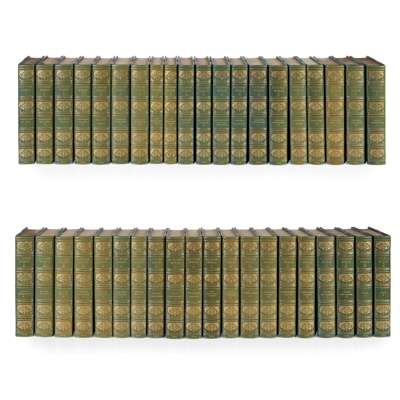
LOT 75
Dickens, Charles
The Works
SOLD FOR £1,188
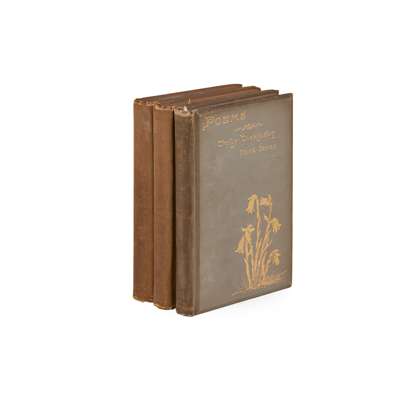
LOT 76
Dickinson, Emily
Poems
SOLD FOR £1,500
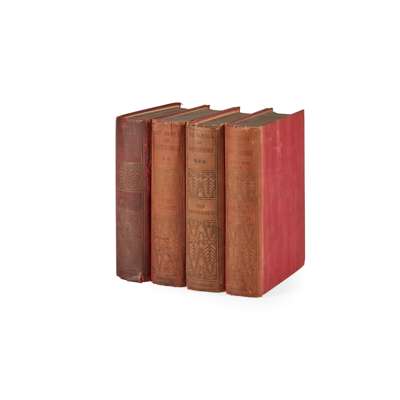
LOT 77
Dostoevsky, Fyodor
Four Novels
SOLD FOR £1,125
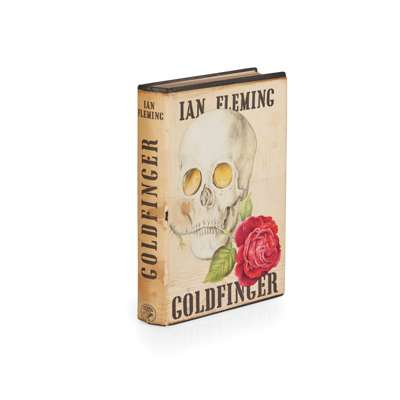
LOT 78
Fleming, Ian
Goldfinger
SOLD FOR £625
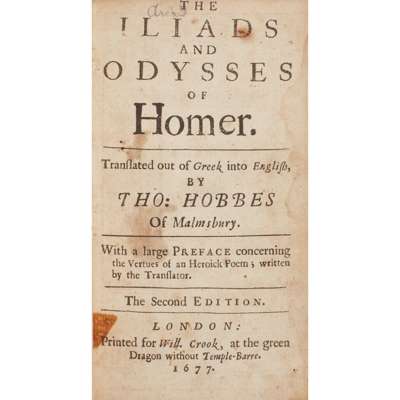
LOT 79
Homer - Thomas Hobbes
The Iliads and Odysses of Homer
SOLD FOR £1,125
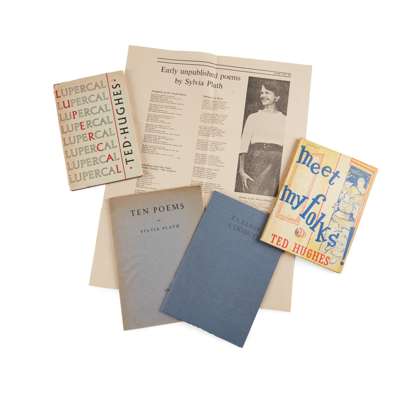
LOT 80
Hughes, Ted
Meet my Folks!
SOLD FOR £625
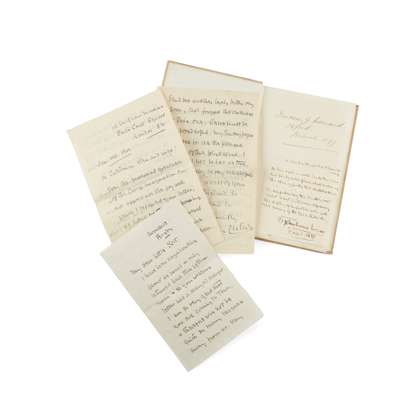
LOT 82
Lucas-Lucas, St. John W.
Nocturnes and Day-Dreams
SOLD FOR £300
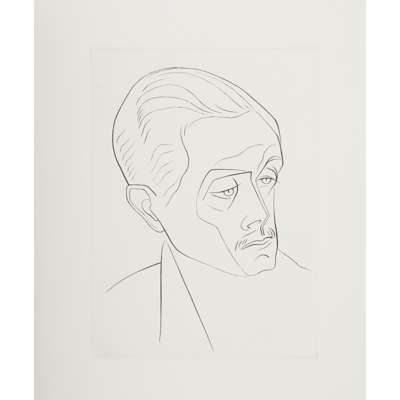
LOT 83
MacDiarmid, Hugh [Christopher Murray Grieve]
Selected Lyrics
SOLD FOR £188
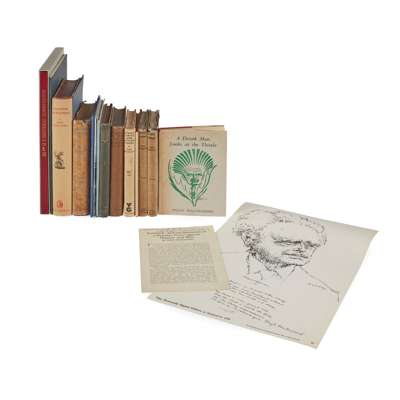
LOT 85
Macdiarmid, Hugh [Grieve, C.M.]
Works by and about MacDiarmid, 10 signed by MacDiarmid, comprising
SOLD FOR £688
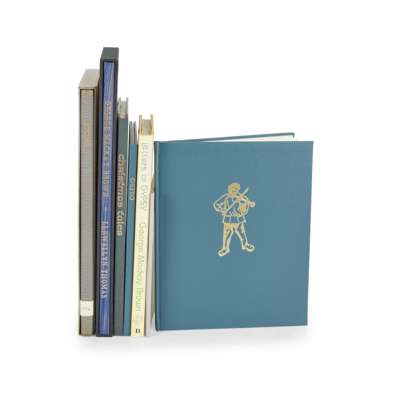
LOT 86
Mackay Brown, George
7 volumes, 5 signed, comprising
SOLD FOR £1,188
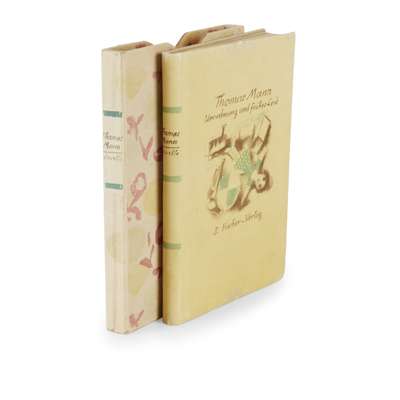
LOT 87
Mann, Thomas
Unordnung und Frühes Leid
SOLD FOR £875
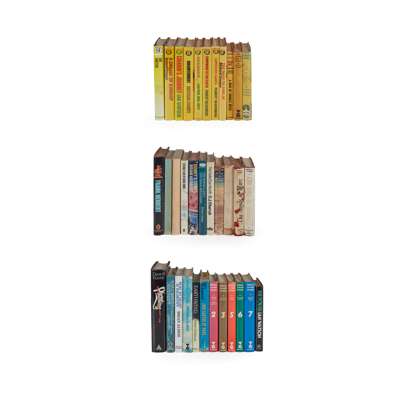
LOT 88
Science Fiction and Fantasy
A collection of 34 books
SOLD FOR £600

LOT 89
Science Fiction and Fantasy
A collection of 9 books
SOLD FOR £750
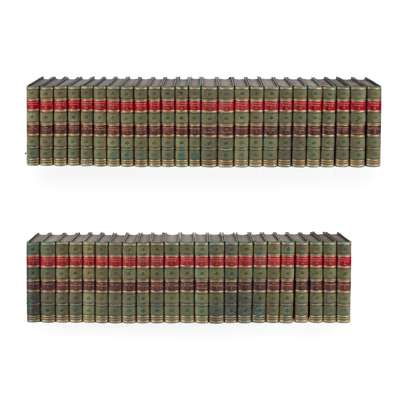
LOT 90
Scott, Sir Walter
The Works
SOLD FOR £425
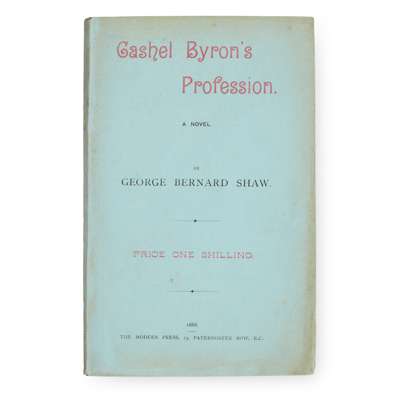
LOT 92
Shaw, George Bernard
Cashel Byron's Profession
SOLD FOR £425
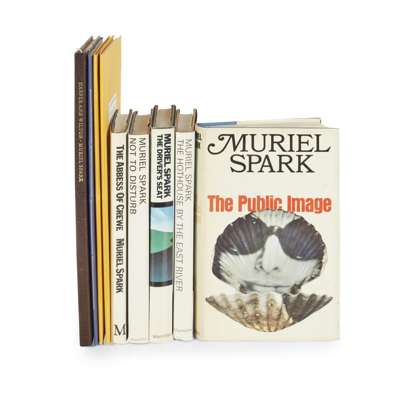
LOT 93
Spark, Muriel
11 volumes, 5 signed, comprising
SOLD FOR £425
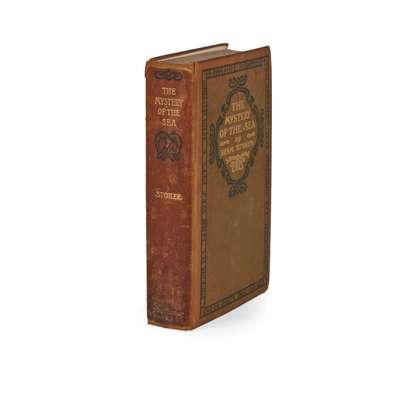
LOT 94
Stoker, Bram
First edition, with Autograph Letter Signed
SOLD FOR £1,063
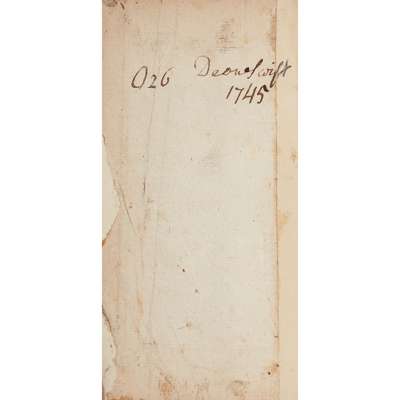
LOT 95
[Swift, Jonathan]
Bacon, Francis, Lord
SOLD FOR £450
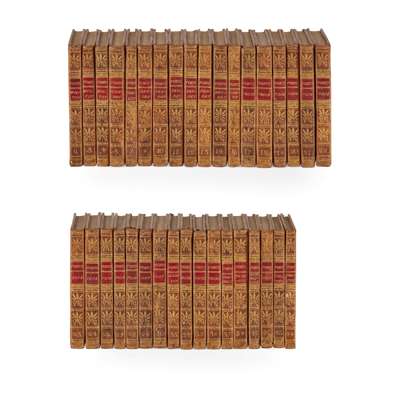
LOT 96
The British Poets
35 volumes in calf gilt
SOLD FOR £375

LOT 97
Tolkien, J.R.R.
6 volumes, comprising
SOLD FOR £688
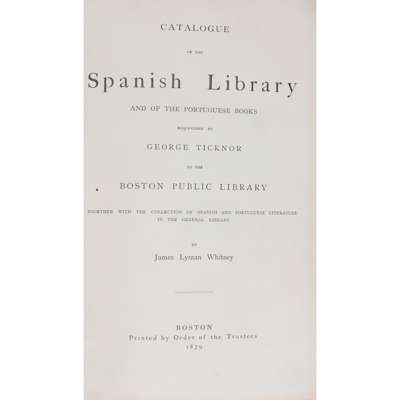
LOT 98
Whitney, James Lyman
Catalogue of the Spanish Library and of the Portuguese Books bequeathed by George Ticknor
SOLD FOR £75
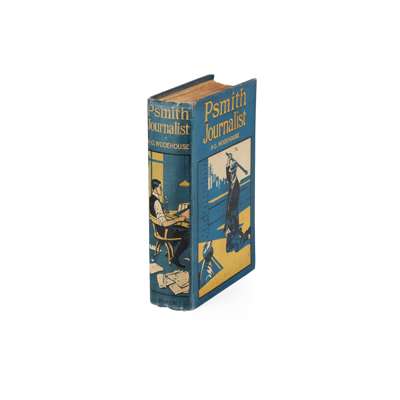
LOT 99
Wodehouse, P.G.
Psmith Journalist
SOLD FOR £375
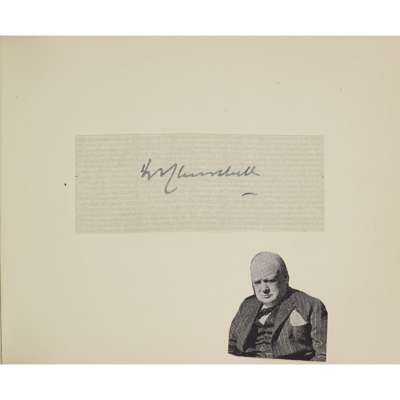
LOT 100
Autograph Album
mostly compiled 1937-40
SOLD FOR £450
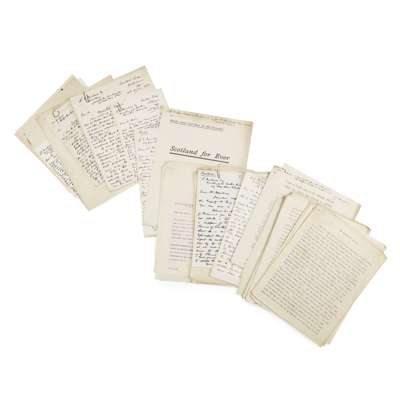
LOT 101
Scottish Independence Movement - Barns-Graham, Allan, and Scottish Home Rule
A collection of A.L.S.
SOLD FOR £938
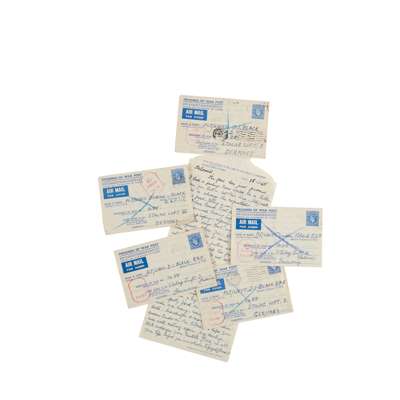
LOT 102
Black, Duncan - RAF Flight Officer
A small archive of letters
SOLD FOR £188
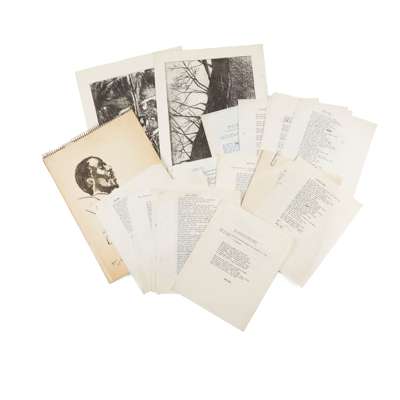
LOT 103
Bold, Alan, 1943-1988, Scottish poet
A collection of signed poems, including
SOLD FOR £813
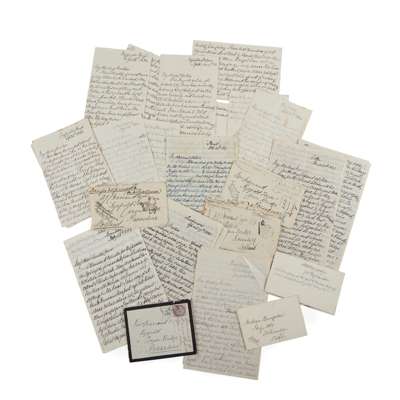
LOT 104
Campaigns in Egypt and India
Letters written by a 19th century British officer, Alexander Redmond Bewley Warrand
SOLD FOR £500
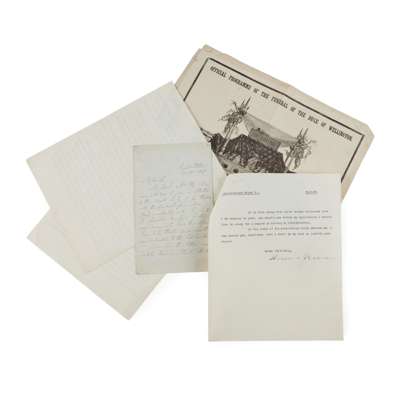
LOT 105
Faraday, Michael & Aneurin Bevan
3 items
SOLD FOR £425
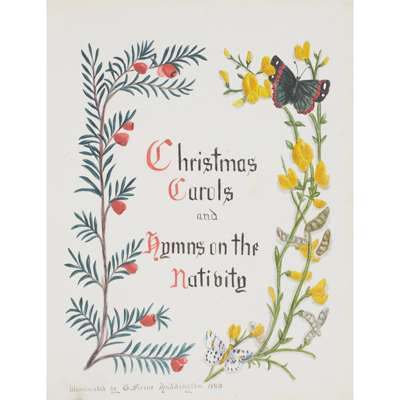
LOT 106
Ferme, G.
Christmas Carols and Hymns on the Nativity
SOLD FOR £400
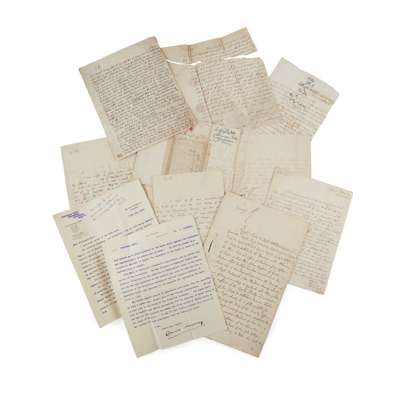
LOT 109
[Jacobite Interest] Forbes of Culloden, Duncan
A collection of manuscripts by and relating to Forbes of Culloden
SOLD FOR £1,625
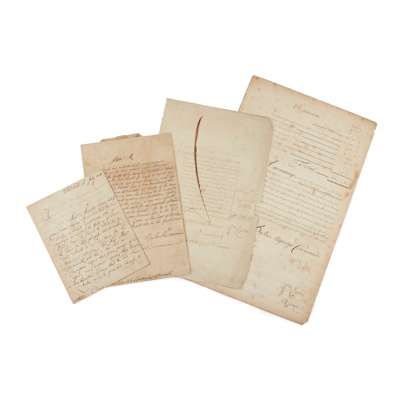
LOT 110
James II & VII, King of England, Ireland and Scotland, 1633-1701
Document Signed
SOLD FOR £300
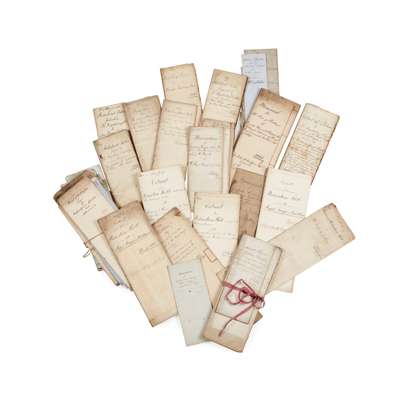
LOT 111
Linlithgow archive SALEROOM NOTICE: PLEASE SEE ADDITIONAL INFORMATION
A quantity of documents, including contemporary copies, relating to Linlithgow and political and legal matters
SOLD FOR £875
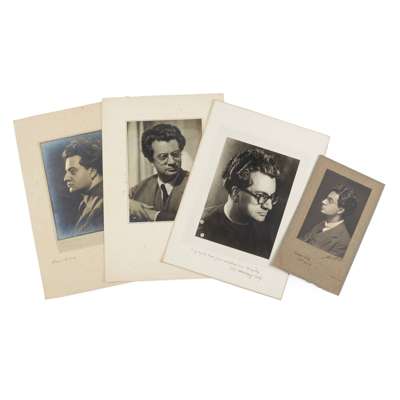
LOT 112
Sorabji, Kaikhosru
Inscribed musical scores, letters & photographs, comprising
SOLD FOR £4,250
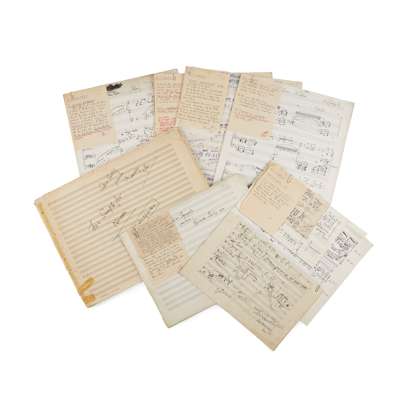
LOT 113
Sorabji, Kaikhosru
Autograph music scores, comprising
SOLD FOR £5,000
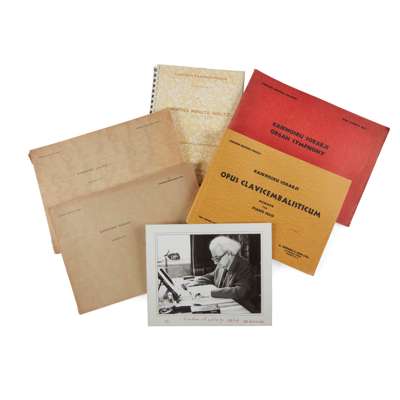
LOT 114
Sorabji, Kaikhosru and Norman Peterkin SALEROOM NOTICE: PLEASE NOTE THE REVISED DESCRIPTION
A collection of signed music and photographs
SOLD FOR £2,750
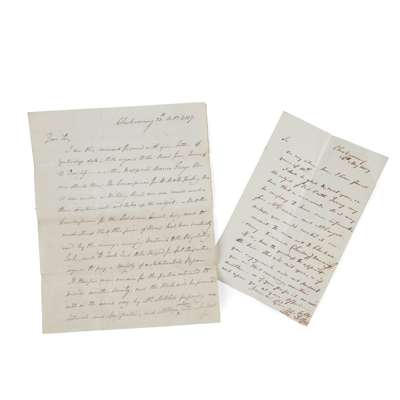
LOT 115
Telford, Thomas
Two Autograph Letters, Signed
SOLD FOR £688
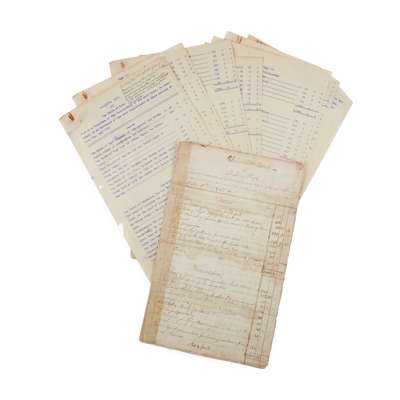
LOT 116
The Commissioners of Ross-Shire
Valuation Book of the Shire of Ross, Allested[?] copy
SOLD FOR £500
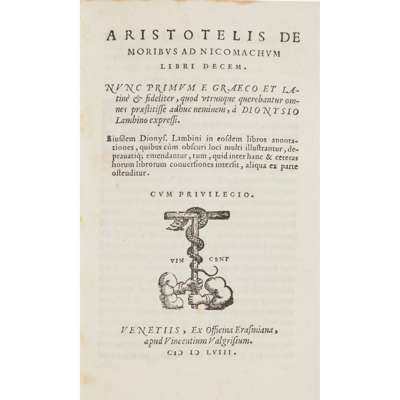
LOT 117
Aristotle
Aristotelis De Moribus ad Nicomachum, Libri Decem
SOLD FOR £688
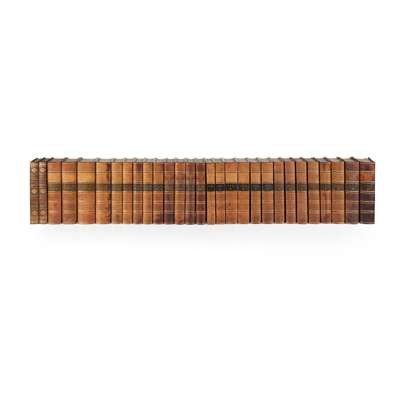
LOT 118
Bindings - Highland Society of Scotland
Prize-Essays and Transactions
SOLD FOR £475
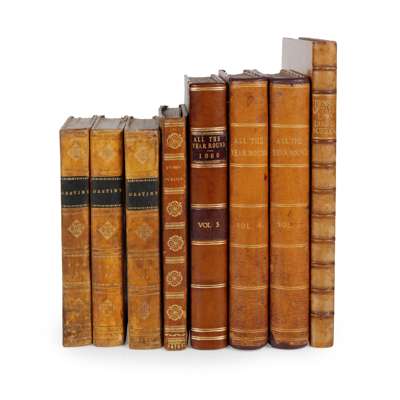
LOT 119
Bindings, 9 volumes
Including Thomson, Thomas
SOLD FOR £150
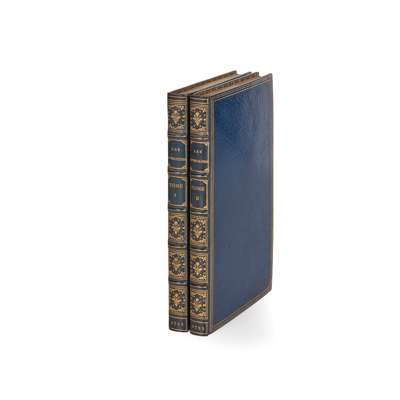
LOT 120
[Erotic Literature] Nerciat, Andréa de SALEROOM NOTICE: lacking several plates in second state and advert leaves
Les Aphrodites, ou Fragments Thali-Priapiques
SOLD FOR £350
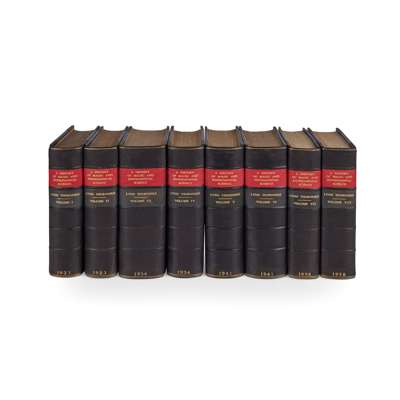
LOT 121
Magic
Thorndike, Lynn
SOLD FOR £750
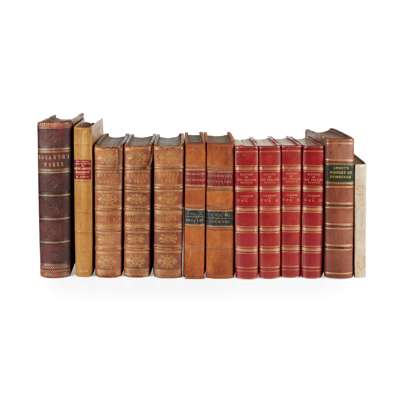
LOT 123
Miscellaneous books
13 volumes, comprising
SOLD FOR £500
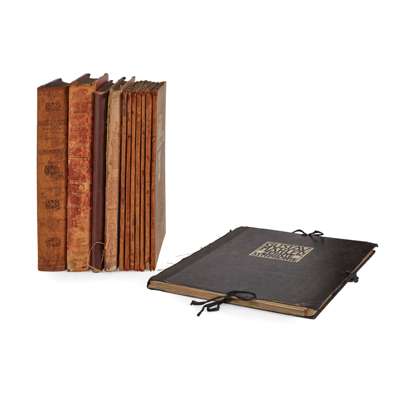
LOT 124
Music - 16 volumes including Mahler, Gustave
Zehnte Symphonie
SOLD FOR £1,375
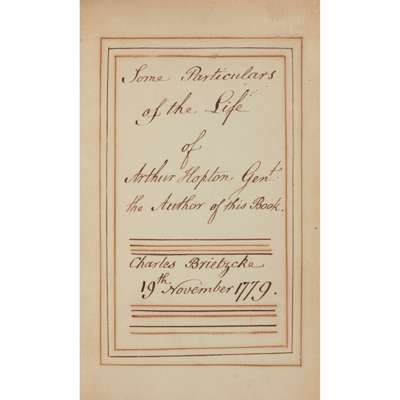
LOT 127
Three 17th and 18th century books
including Hopton, Arthur
SOLD FOR £400
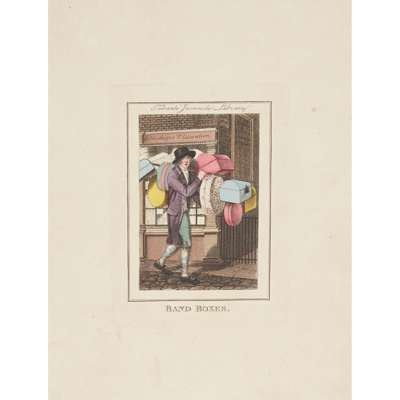
LOT 128
Two illustrated volumes and an atlas
comprising
SOLD FOR £375
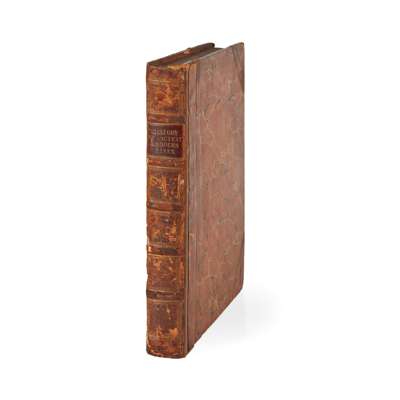
LOT 129
Wine - Henderson, Alexander
The History of Ancient and Modern Wines
SOLD FOR £450
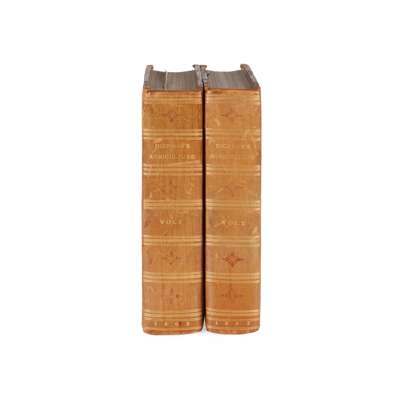
LOT 130
Agriculture - Dickson, R.W.
Practical Agriculture
SOLD FOR £275
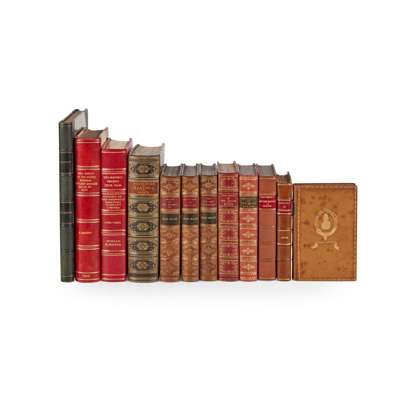
LOT 132
Geology
A collection of 12 geology books
SOLD FOR £400
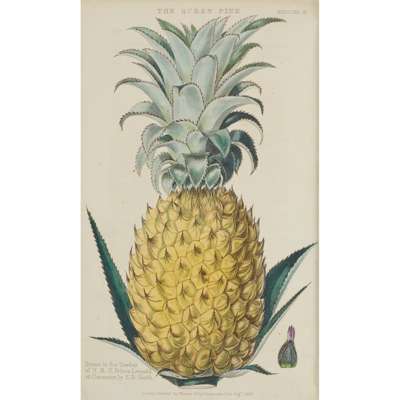
LOT 133
Geology, Fishing, Gardening, &c.
11 volumes, comprising
SOLD FOR £550
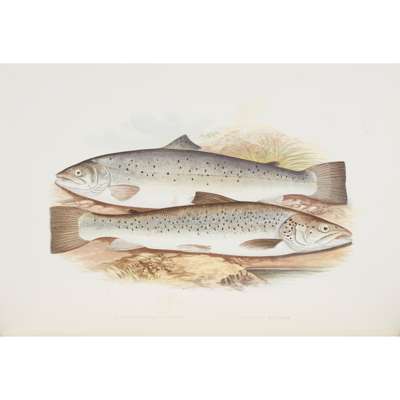
LOT 135
Houghton, Rev. William
British Freshwater Fishes
SOLD FOR £525
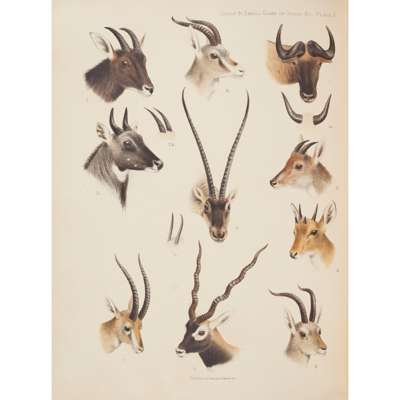
LOT 137
Lydekker, Richard
The Great and Small Game of India, Burma, & Tibet
SOLD FOR £750
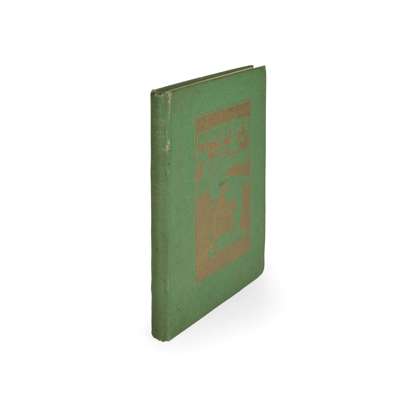
LOT 138
Phillott, Lieut.-Colonel D. C. (translator)
The Baz-Nama-Yi Nasiri
SOLD FOR £750

LOT 139
Thorburn, Archibald
British Mammals
SOLD FOR £475
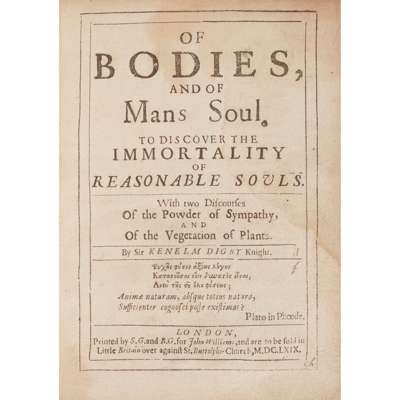
LOT 142
Digby, Sir Kenelm
Of Bodies and of Mans Soul
SOLD FOR £250
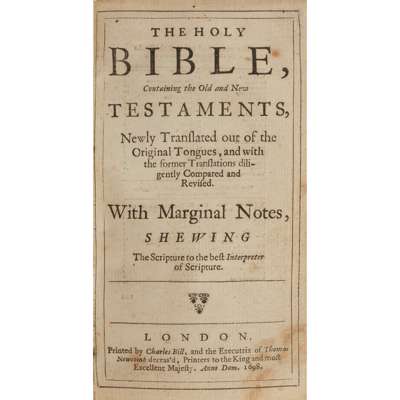
LOT 143
2 volumes comprising
The Holy Bible
SOLD FOR £200
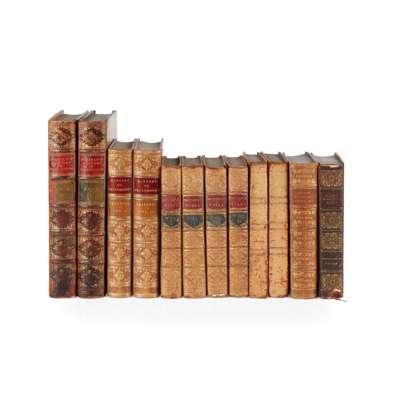
LOT 144
Philosophy
12 volumes, comprising
SOLD FOR £425
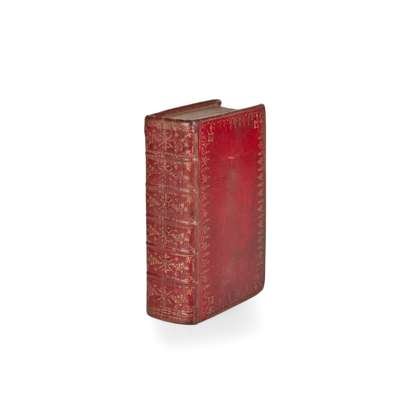
LOT 145
The Christian's Best Treasure:
Containing, the Book of Common Prayer,
SOLD FOR £300
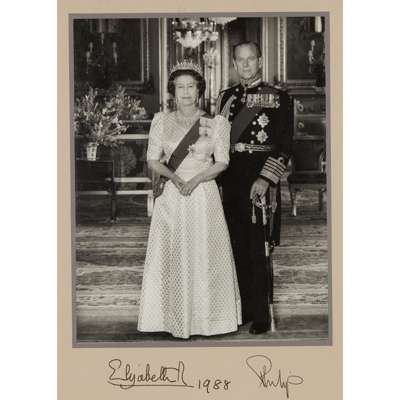
LOT 147
Queen Elizabeth II & Prince Philip, Duke of Edinburgh
Photograph
SOLD FOR £1,125
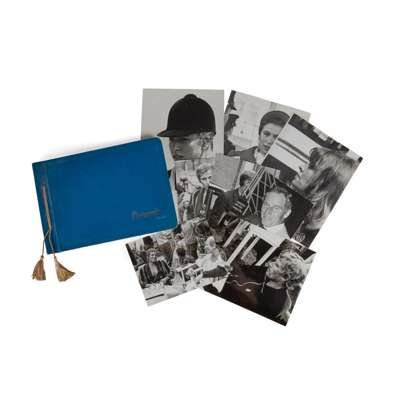
LOT 148
Rios, Tony SALEROOM NOTICE: THERE ARE ONLY 70 EROTIC PHOTOGRAPHS
Photographic archive from the 1960s and 1970s
SOLD FOR £1,625
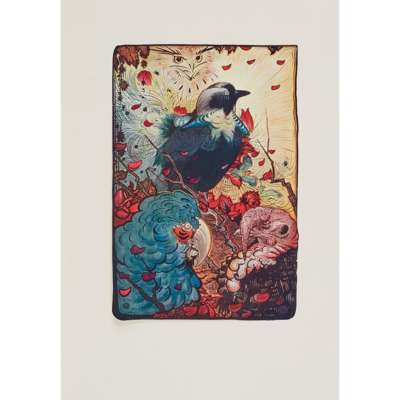
LOT 149
Detmold, Edward J.
The Fables of Aesop
SOLD FOR £688

LOT 150
Detmold, Edward, and others
Four illustrated works
SOLD FOR £500
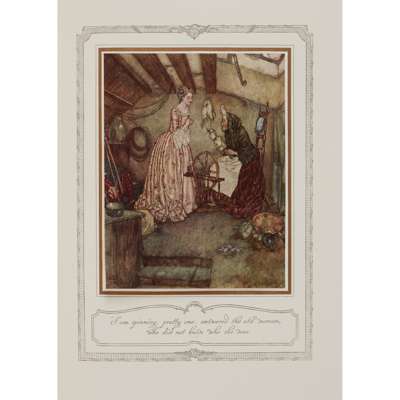
LOT 151
Couch, Sir Arthur Quiller - Edmund Dulac, illustrator
The Sleeping Beauty and other Fairy Tales
SOLD FOR £938
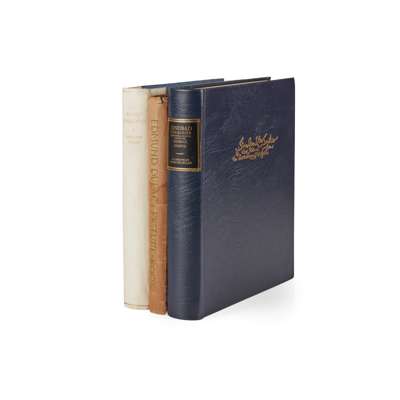
LOT 152
Dulac, Edmund
Three illustrated works
SOLD FOR £600
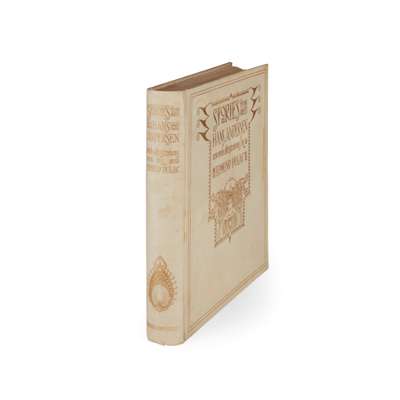
LOT 153
Dulac, Edmund
Stories from Hans Andersen
SOLD FOR £1,063

LOT 154
Dulac, Edmund & Willy Pogany
5 illustrated works
SOLD FOR £688
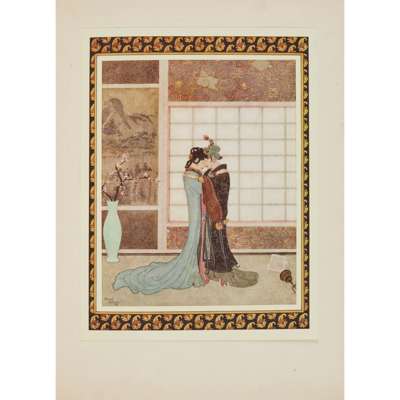
LOT 155
Housman, Laurence - Edmund Dulac, illustrator
Princess Badoura
SOLD FOR £475
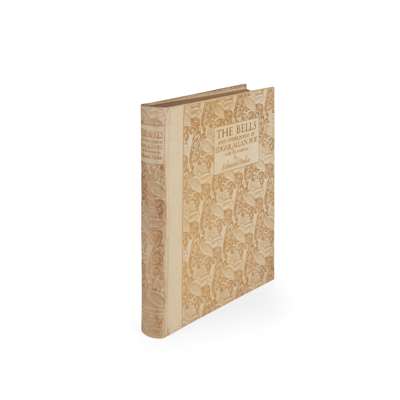
LOT 156
Poe, Edgar Allan - Edmund Dulac, illustrator
The Bells, and other Poems
SOLD FOR £1,000
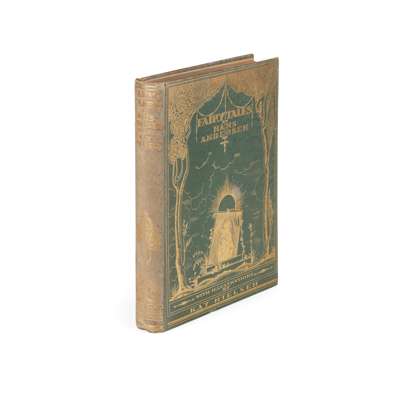
LOT 157
Nielsen, Kay, illustrator
Fairy Tales by Hans Andersen
SOLD FOR £450
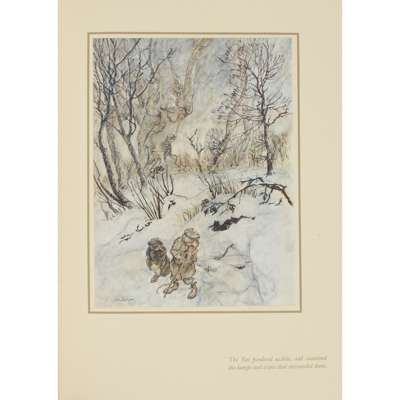
LOT 158
Grahame, Kenneth - Arthur Rackham, illustrator
The Wind in the Willows
SOLD FOR £813
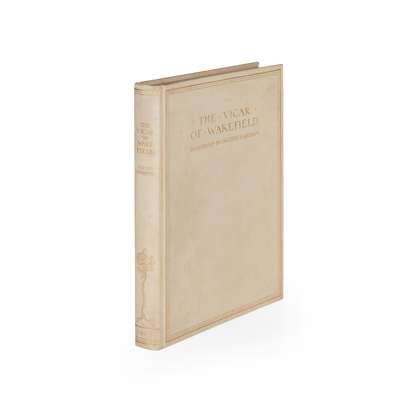
LOT 159
Goldsmith, Oliver - Arthur Rackham, illustrator
The Vicar of Wakefield
SOLD FOR £400
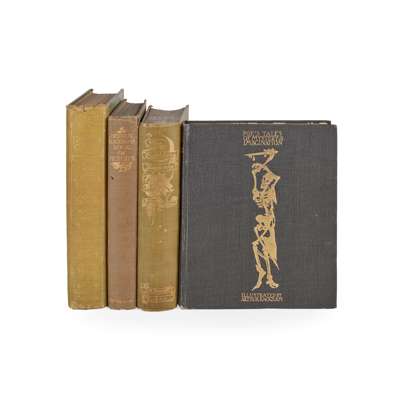
LOT 160
Rackham, Arthur
4 illustrated books
SOLD FOR £550
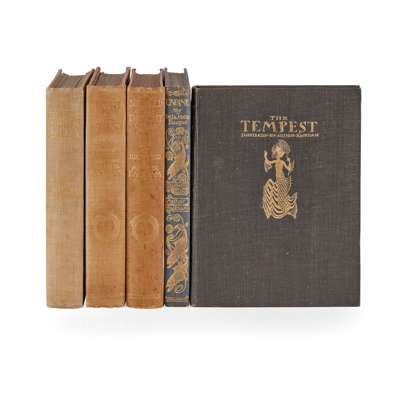
LOT 161
Rackham, Arthur
Five illustrated works
SOLD FOR £625
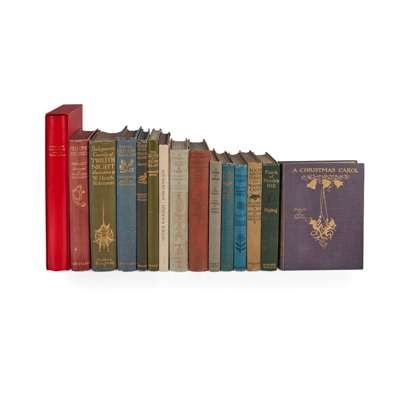
LOT 162
Rackham, Arthur & Heath Robinson
A collection of illustrated books
SOLD FOR £1,125
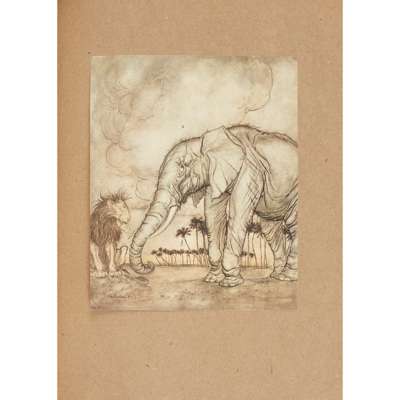
LOT 163
Rackham, Arthur, illustrator
Aesop's Fables
SOLD FOR £688
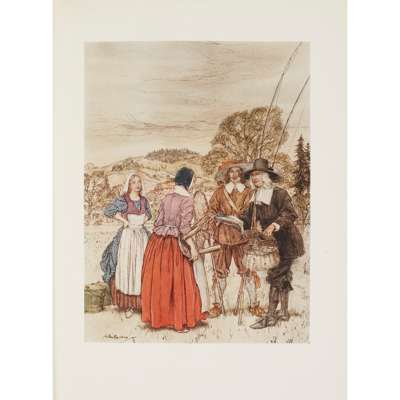
LOT 164
Rackham, Arthur [illustrator] - Izaak Walton
The Compleat Angler
SOLD FOR £500
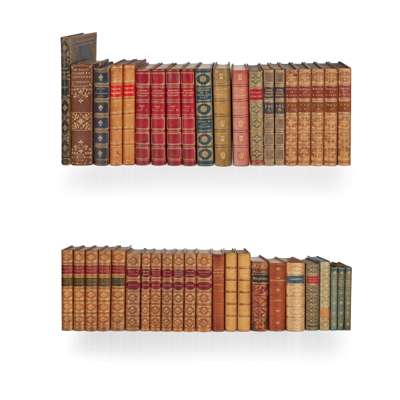
LOT 165
Bindings, 43 volumes
including
SOLD FOR £1,125
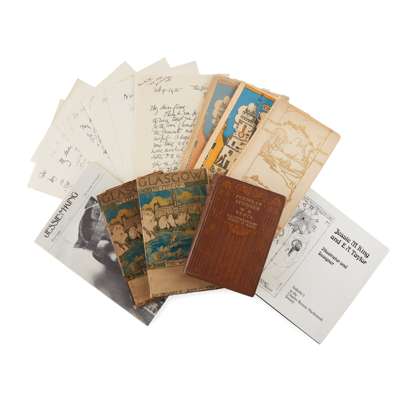
LOT 167
King, Jessie M.
6 autograph letters, and illustrated volumes
SOLD FOR £875
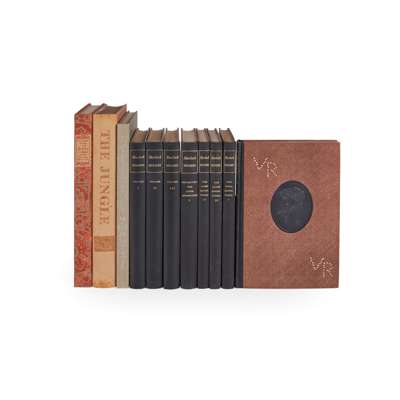
LOT 168
Limited Editions Club
A collection of works, including Doyle, Sir Arthur Conan
SOLD FOR £525
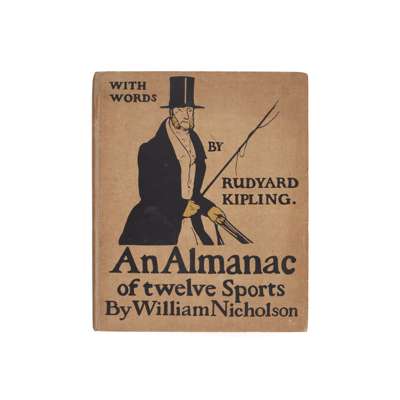
LOT 169
Nicholson, William
An Almanac of twelve sports
SOLD FOR £325

LOT 170
Paper-mâché Bindings
2 works from the 1840s
SOLD FOR £1,188
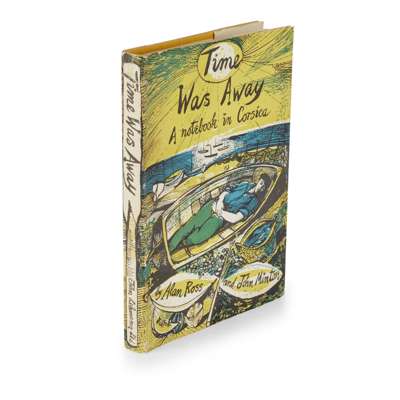
LOT 171
Ross, Alan and John Minton
Time was Away. A notebook in Corsica
SOLD FOR £938

LOT 172
Spark, Muriel
Five private press editions
SOLD FOR £525
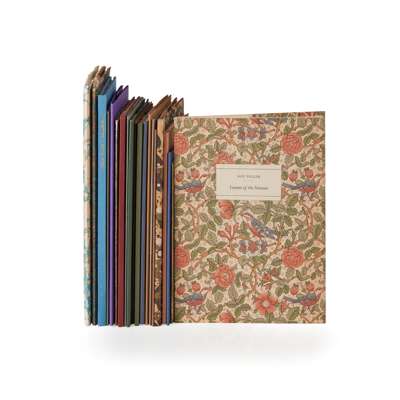
LOT 173
Tragara Press
20 volumes, comprising
SOLD FOR £600
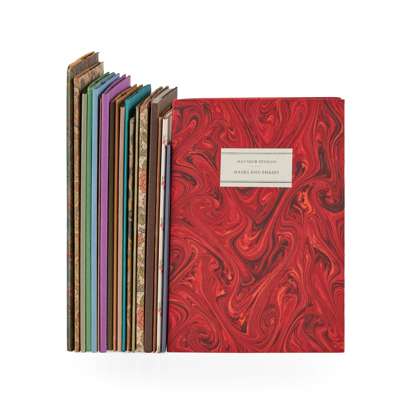
LOT 174
Tragara Press
20 volumes, comprising
SOLD FOR £500
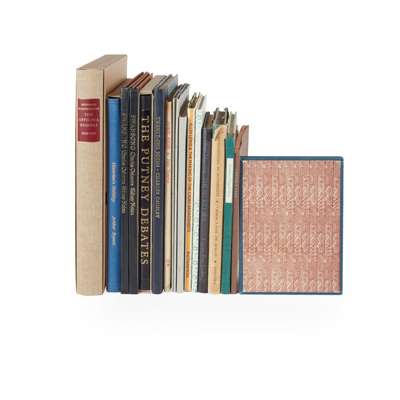
LOT 175
Various private presses
17 volumes, comprising
SOLD FOR £550

LOT 176
Burton, Robert
The Anatomy of Melancholy
SOLD FOR £425
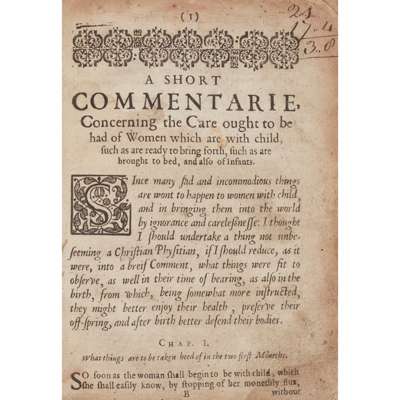
LOT 177
'M.A.'
[A Rich Closet of Physical Secrets... viz. The Child-Bearers Cabinet]
SOLD FOR £300
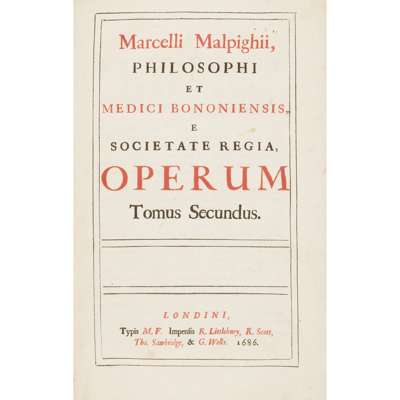
LOT 178
Medicine, 3 volumes, comprising Malpighi, Marcello
[Opera omnia
SOLD FOR £300
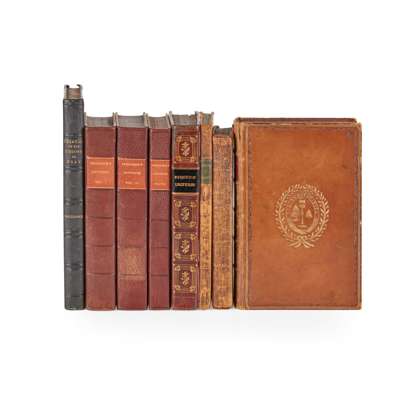
LOT 179
Science
8 volumes, comprising
SOLD FOR £375
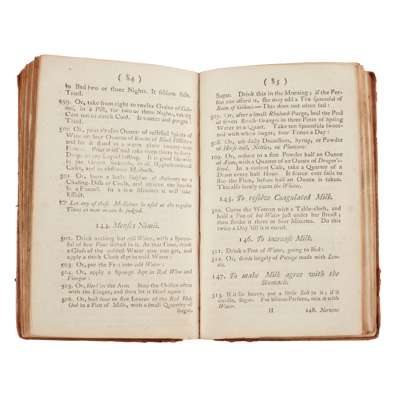
LOT 180
Wesley, John
Primitive Physick
SOLD FOR £300

LOT 181
Walton, Izaak
The Lives of Dr John Donne, Sir Henry Wotton, Mr Richard Hooker, Mr George Herbert
SOLD FOR £450
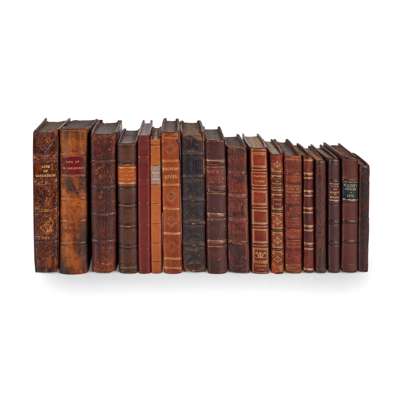
LOT 182
Walton, Izaak SALEROOM NOTICE: 1653 EDITION LACKING ORIGINAL TITLE-PAGE
A collection of 19 volumes
SOLD FOR £1,500
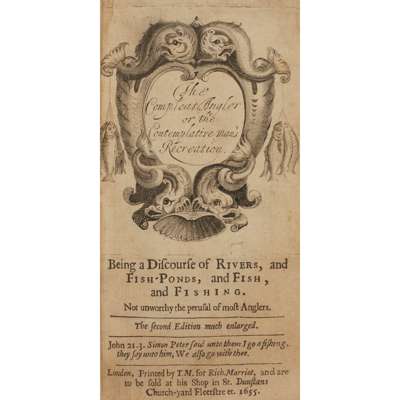
LOT 183
Walton, Izaak SALEROOM NOTICE: the top half of the title-page (engraved) is probably a 19th century facsimile
The Compleat Angler
SOLD FOR £1,375
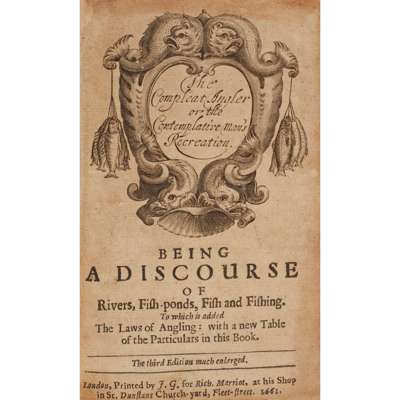
LOT 184
Walton, Izaak
The Compleat Angler
SOLD FOR £938
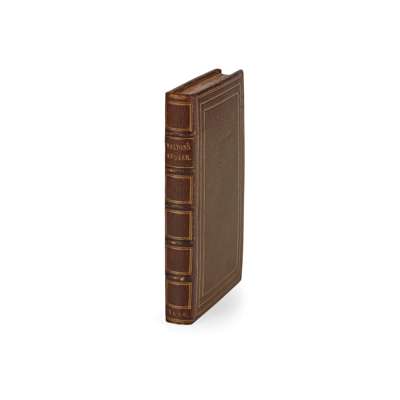
LOT 185
Walton, Izaak
The Compleat Angler
SOLD FOR £688
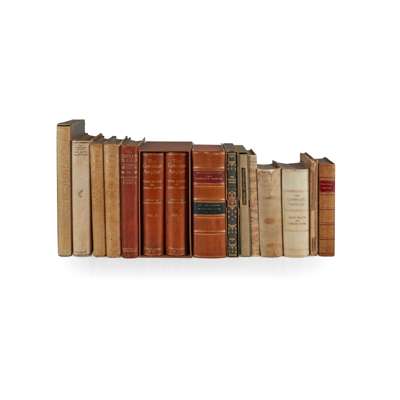
LOT 186
Walton, Izaak
The Compleat Angler, a collection of 15 books, including
SOLD FOR £1,375
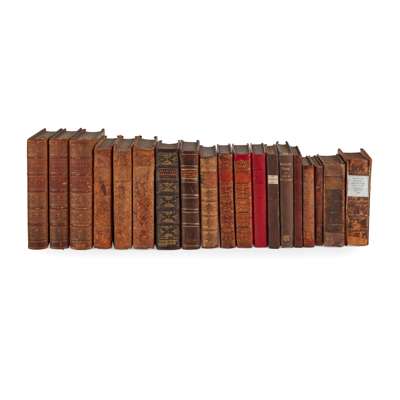
LOT 187
Walton, Izaak
19 volumes, comprising
SOLD FOR £300
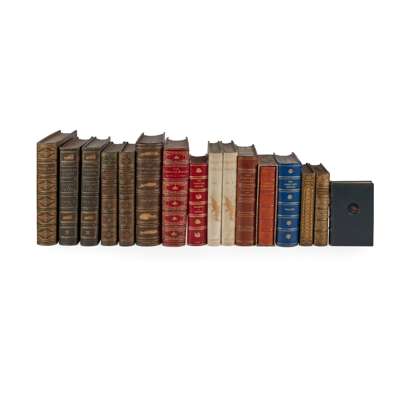
LOT 188
Walton, Izaak
The Complete Angler, 16 finely bound volumes
SOLD FOR £2,875
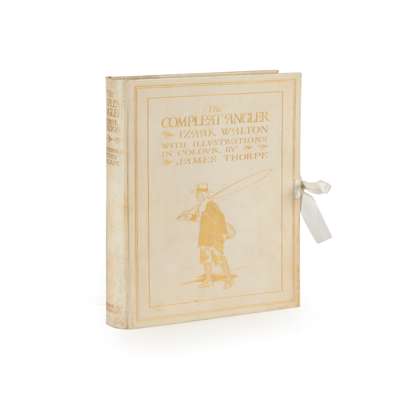
LOT 189
Walton, Izaak - James Thorpe, illustrator
The Compleat Angler
SOLD FOR £450
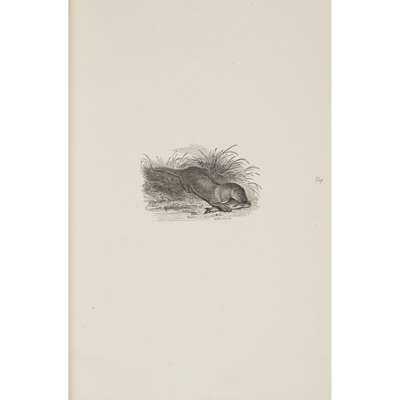
LOT 190
Walton, Izaak - John & Mason Jackson, engravers
[Proof Illustrations from Walton and Cotton's Complete Angler]
SOLD FOR £300
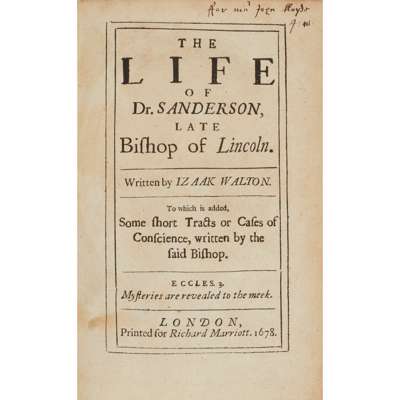
LOT 191
Walton, Izaak - presentation copy
The Life of Dr. Sanderson, Late Bishop of Lincoln
SOLD FOR £1,875
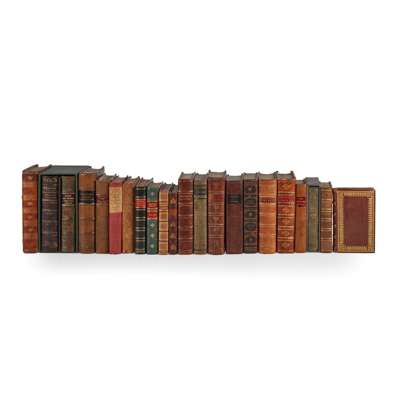
LOT 192
Walton, Izzak
22 volumes of The Complete Angler, including
SOLD FOR £1,375
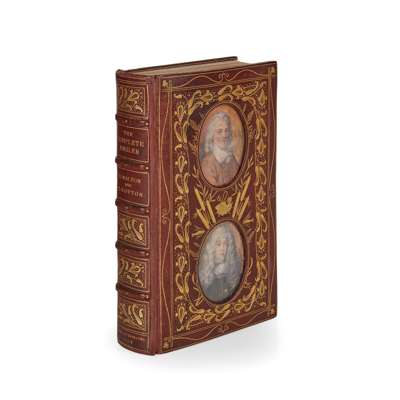
LOT 193
[Cosway Style Binding] - Walton, Izaak
The Complete Angler
SOLD FOR £2,500

LOT 194
[Fore-Edge painting] - Walton, Izaak
The Compleat Angler
SOLD FOR £550
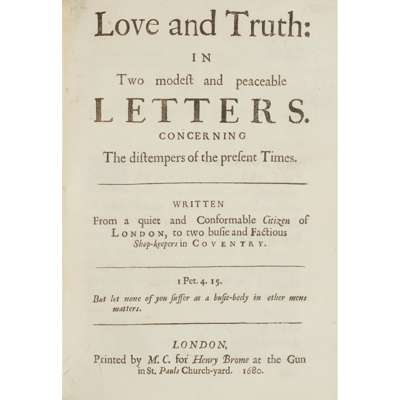
LOT 195
[Walton, Izaak]
Love and Truth
SOLD FOR £300

LOT 196
Angling and Sir Izaak Walton
17 works
SOLD FOR £1,313
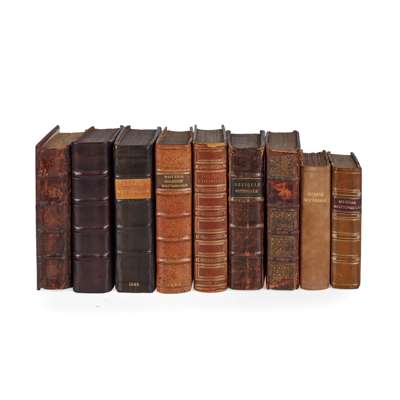
LOT 197
Bindings
A collection of 12 books
SOLD FOR £750
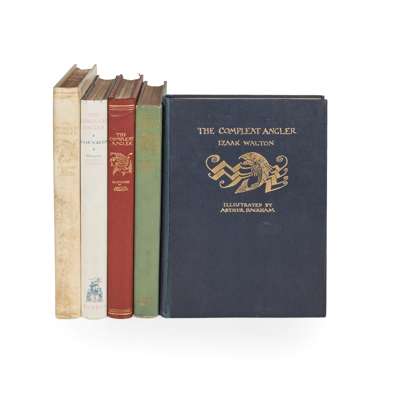
LOT 198
Rackham, Arthur
5 illustrated copies of The Compleat Angler
SOLD FOR £813
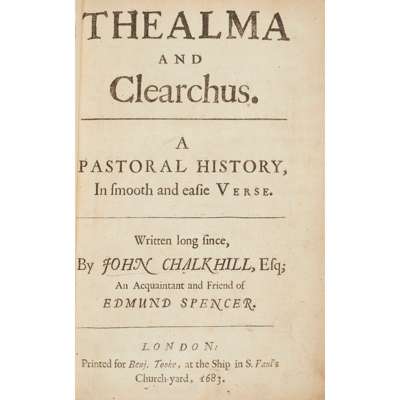
LOT 199
Chalkhill, John
Thealma and Clearchus
SOLD FOR £1,250
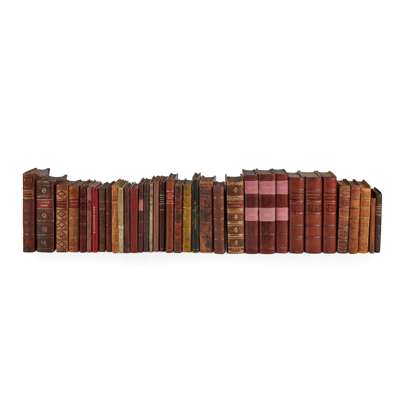
LOT 200
Cotton, Charles
A large collection, including
SOLD FOR £2,125

LOT 201
Cotton, Charles (translator)
The Planters Manual
SOLD FOR £688
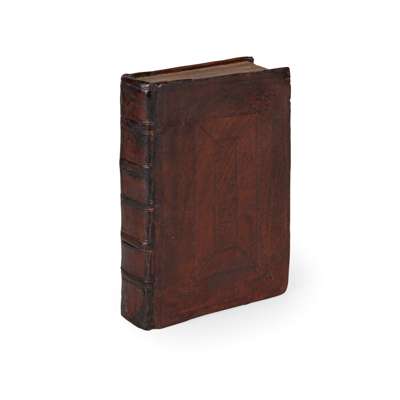
LOT 202
Donne, John SALEROOM NOTICE: THIS IS THE SEVENTH EDITION, NOT THE FIRST
Poems, &c.
SOLD FOR £1,375
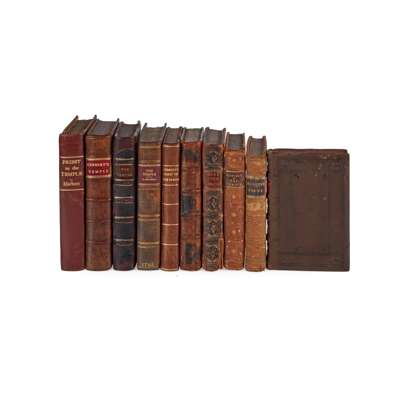
LOT 203
Herbert, George SALEROOM NOTICE: CONTAINS 8 COPIES OF HERBERT'S TEMPLE AND 2 OF A PRIEST TO THE TEMPLE
10 volumes, comprising
SOLD FOR £938
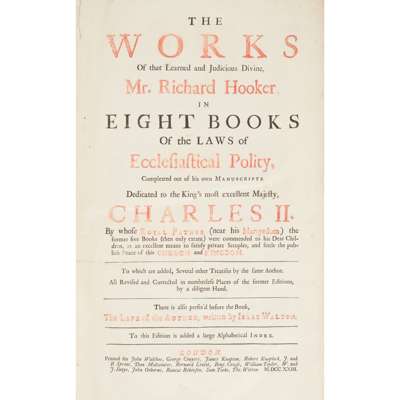
LOT 204
Hooker, Richard
Of the Lawes of Ecclesiastical Politie
SOLD FOR £375
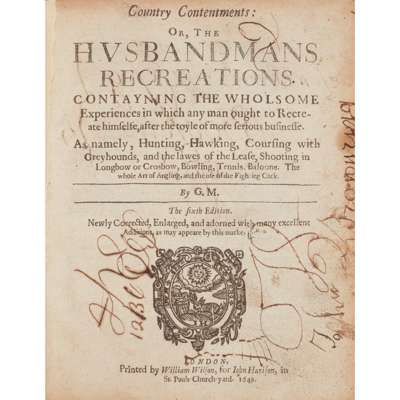
LOT 205
Markham, G. [Gervase]
Country Contentments; Or The Husbandmans Recreations
SOLD FOR £500
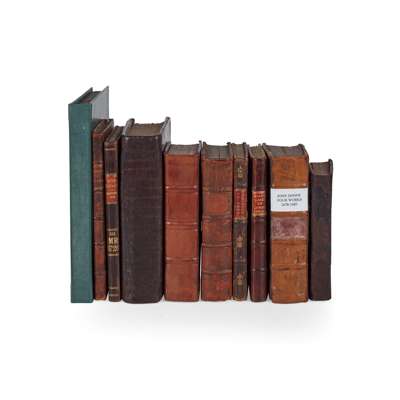
LOT 206
Sanderson, Robert
10 volumes, comprising
SOLD FOR £1,063
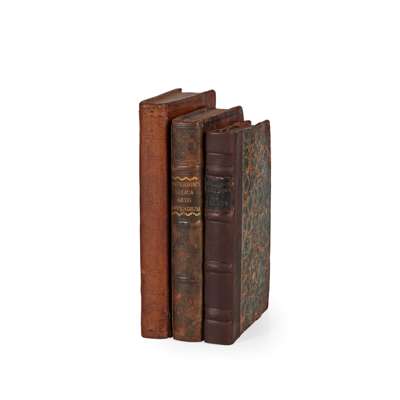
LOT 207
Sanderson, Robert
Three works, comprising
SOLD FOR £400
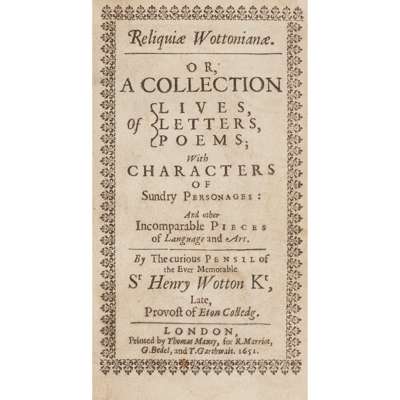
LOT 208
Wotton, Sir Henry
Reliquiae Wottonianae
SOLD FOR £375
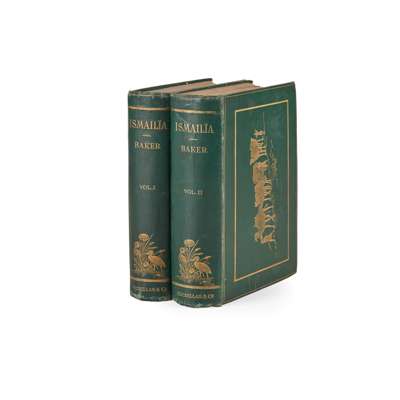
LOT 209
Baker, Sir Samuel W.
Ismailia
SOLD FOR £600

LOT 210
Barbot, John
A Description of the Coasts of North and South Guinea
SOLD FOR £625
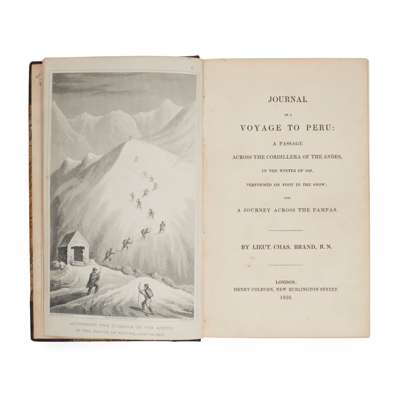
LOT 212
Brand, Lieutenant Charles
Journal of a Voyage to Peru: A Passage Across the Cordillera of the Andes...
SOLD FOR £275

LOT 213
Camden, William
Camden's Britannia
SOLD FOR £2,250
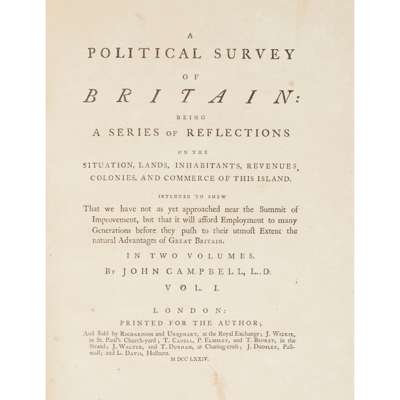
LOT 214
Campbell, John
A Political Survey of Britain
SOLD FOR £100
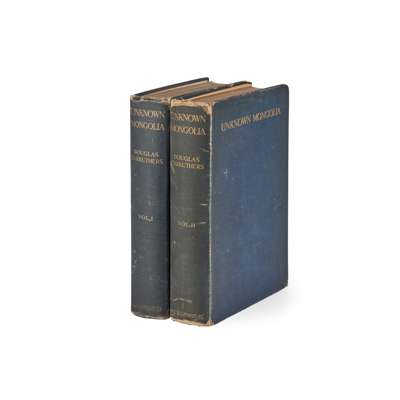
LOT 215
Carruthers, Douglas
Unknown Mongolia
SOLD FOR £300
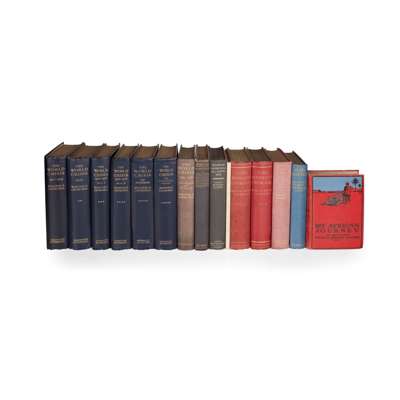
LOT 216
Churchill, Winston Spencer, a Collection including
My African Journey.
SOLD FOR £813
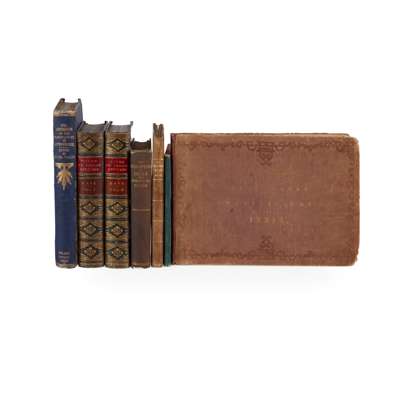
LOT 217
Colonial India
A collection of 7 publications
SOLD FOR £688
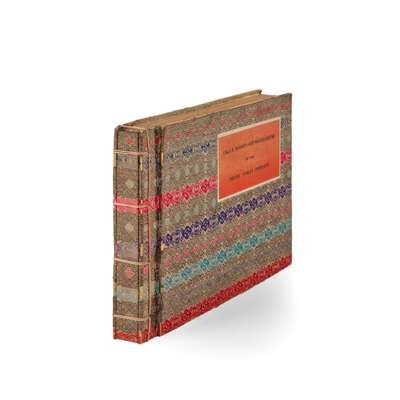
LOT 218
Constant, Samuel Victor
Calls, Sounds and Merchandise of the Peking Street Peddlers
SOLD FOR £750
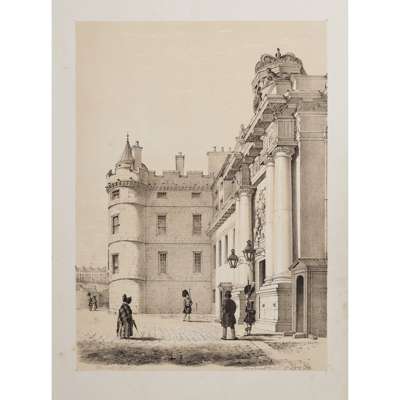
LOT 221
Edinburgh and Scotland
A collection of 9 volumes, comprising
SOLD FOR £938
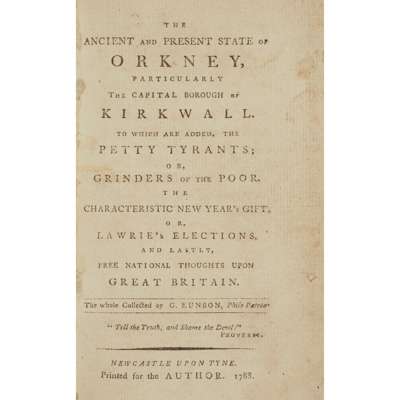
LOT 222
Eunson, G.
The Ancient and Present State of Orkney...
SOLD FOR £350

LOT 225
Howard, J. E
Memoir of William Watts McNair
SOLD FOR £1,125
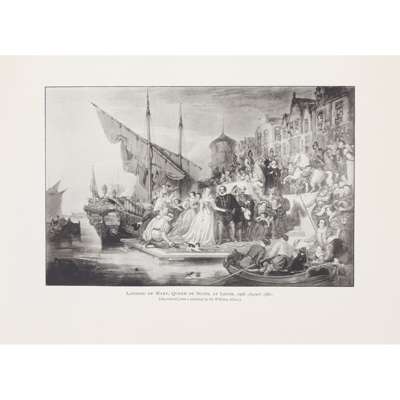
LOT 227
Irons, James Campbell
Leith and its Antiquities
SOLD FOR £400
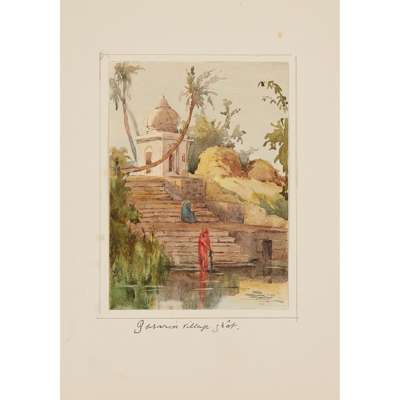
LOT 228
Jacob, Violet
India, 1895-1900
SOLD FOR £1,875
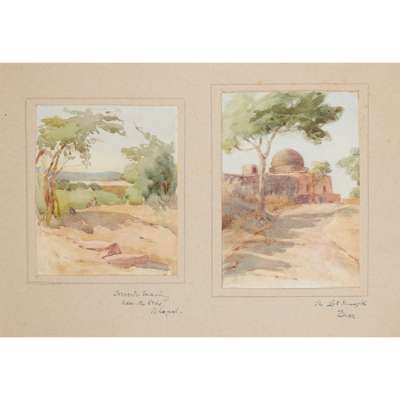
LOT 229
Jacob, Violet
Topographical sketches and watercolours, 2 albums
SOLD FOR £625

LOT 230
Jacob, Violet
Indian Flowering Plants, 1896-1901
SOLD FOR £2,000
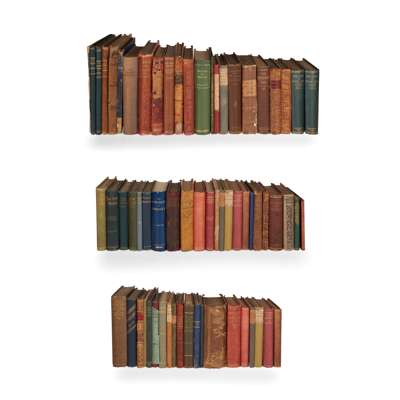
LOT 231
Orkney, a very large collection
including
SOLD FOR £4,000
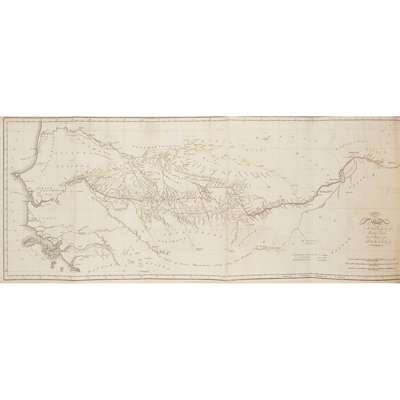
LOT 232
Park, Mungo
The Journal of a Mission to the Interior of Africa in the year 1805
SOLD FOR £325
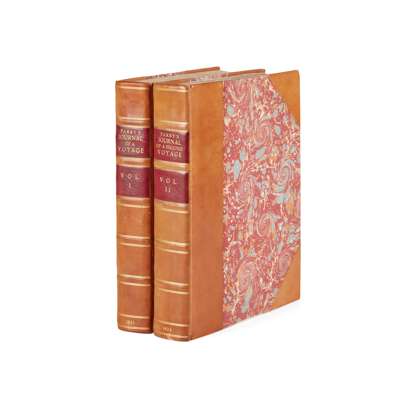
LOT 233
Parry, William Edward
Two works, comprising
SOLD FOR £375
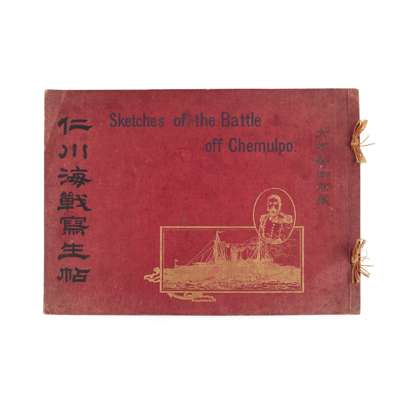
LOT 234
[Russo-Japanese War] Jikemura Sakuhoko
Sketches of the Battle of Chemulpo
SOLD FOR £500
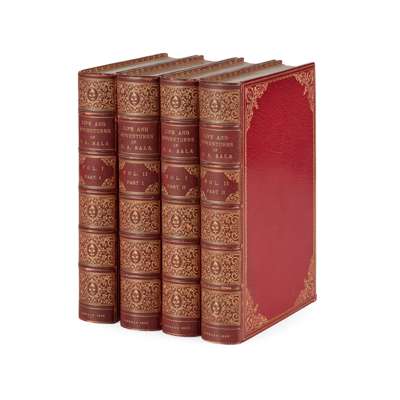
LOT 235
Sala, George Augustus
The Life and Adventures of
SOLD FOR £475
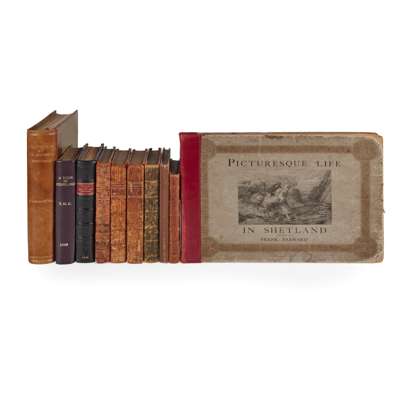
LOT 236
Scottish Highlands
A collection of 10 volumes, comprising
SOLD FOR £688
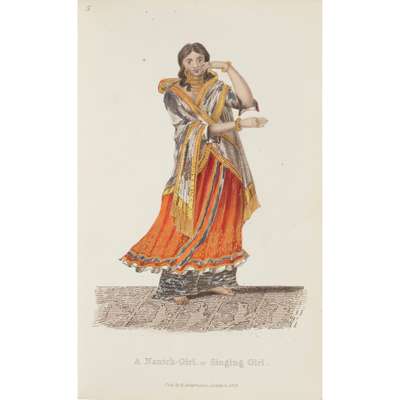
LOT 237
[Smith, Captain]
[Asiatic Costumes]
SOLD FOR £750
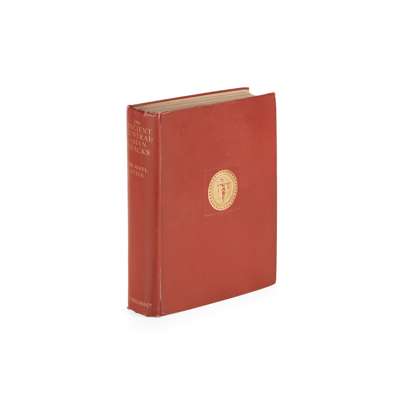
LOT 238
Stein, Sir Aurel
On Ancient Central-Asian Tracks
SOLD FOR £400
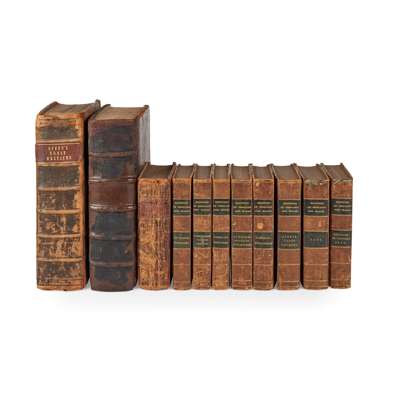
LOT 239
Travel
11 volumes, comprising
SOLD FOR £300
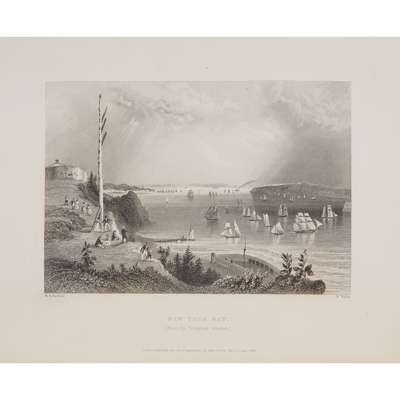
LOT 240
Travel
10 volumes, comprising
SOLD FOR £625
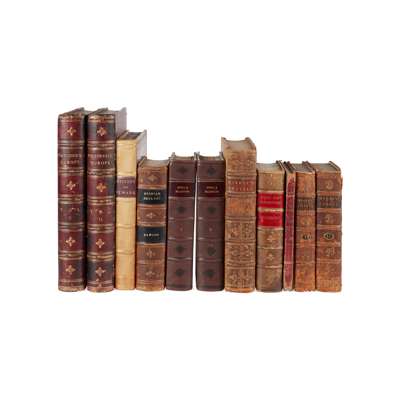
LOT 241
Travel,
11 volumes, comprising
SOLD FOR £625
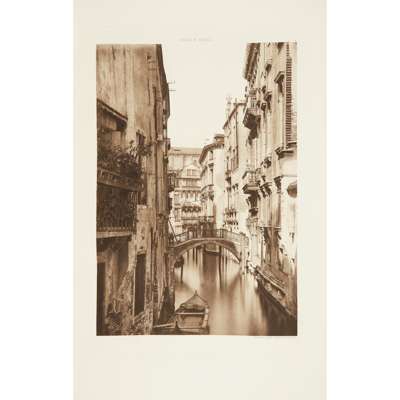
LOT 242
Venice - Ongania, Ferdinand
Streets and Canals in Venice.
SOLD FOR £1,125